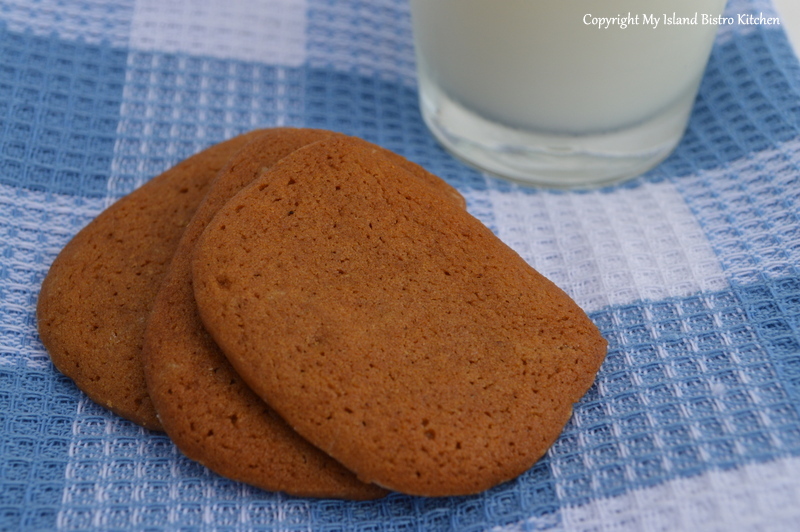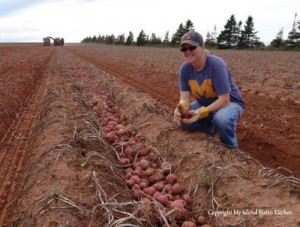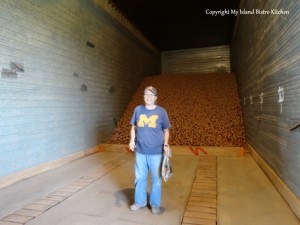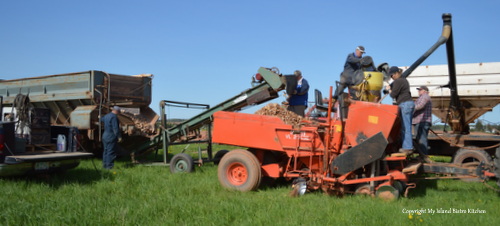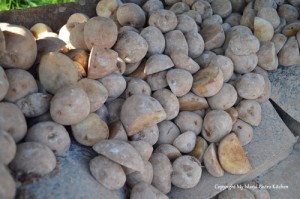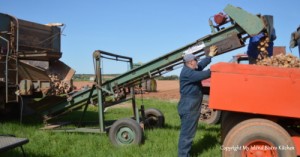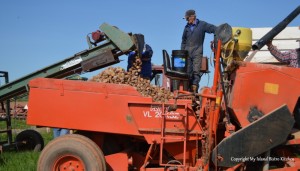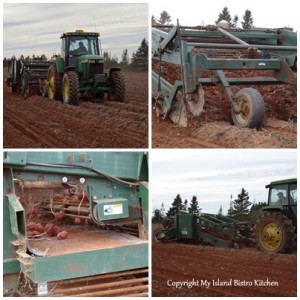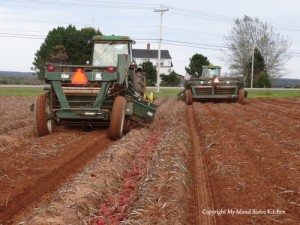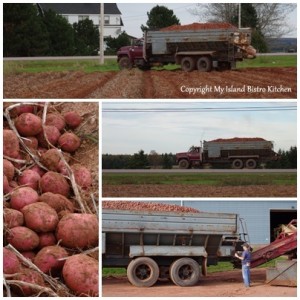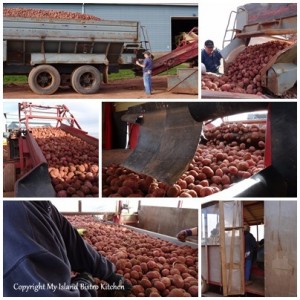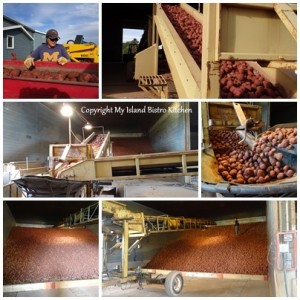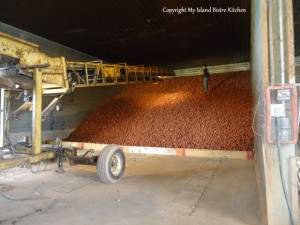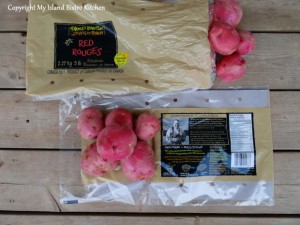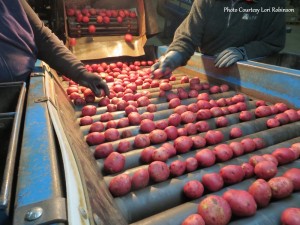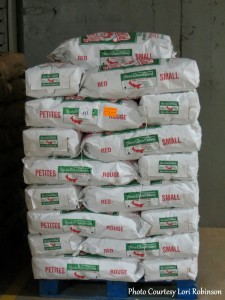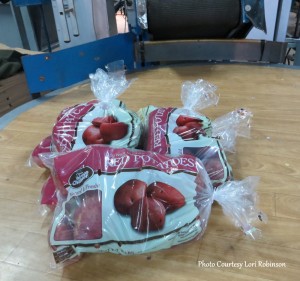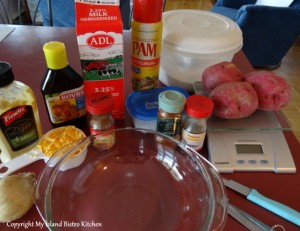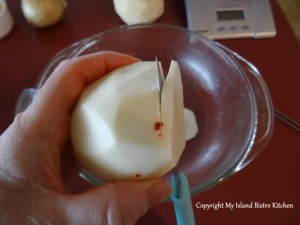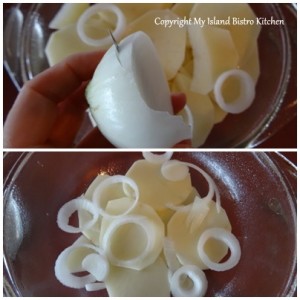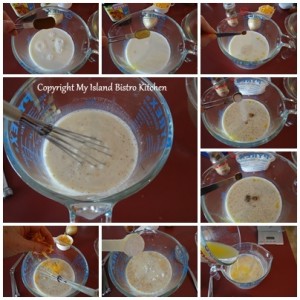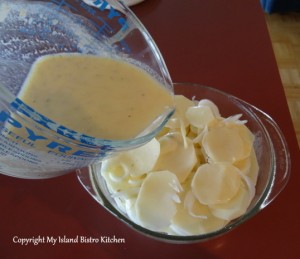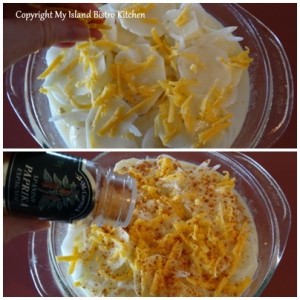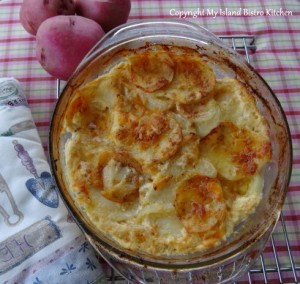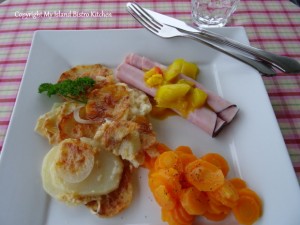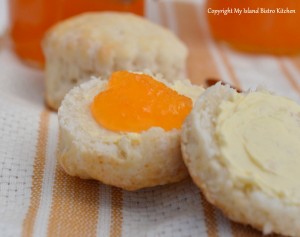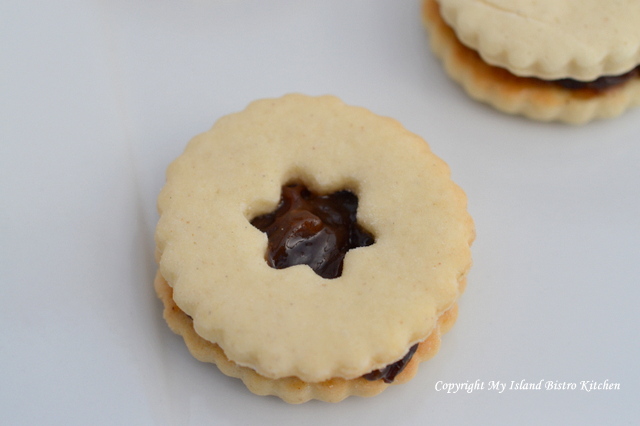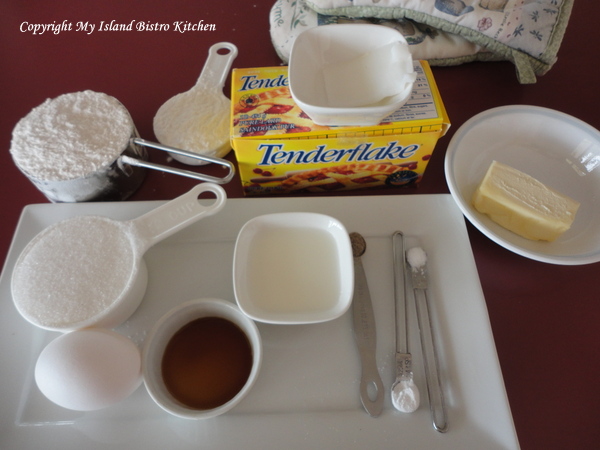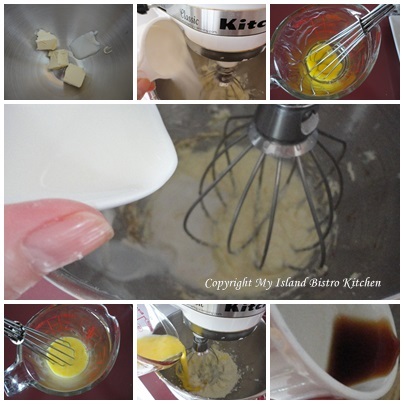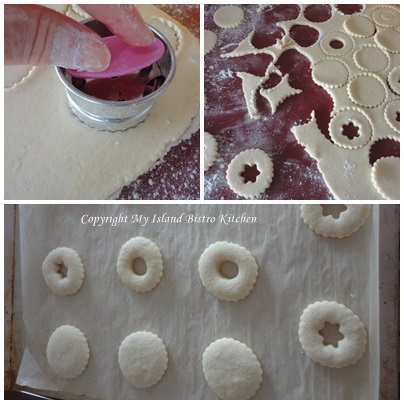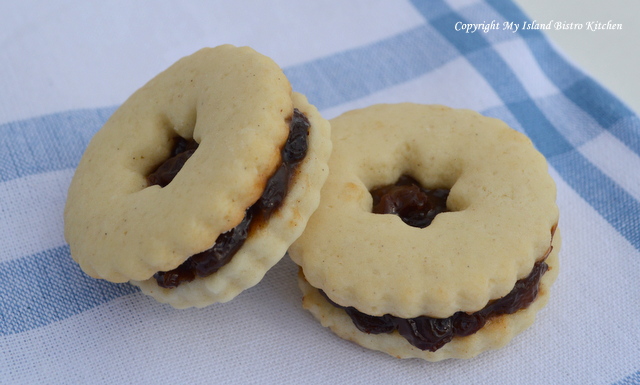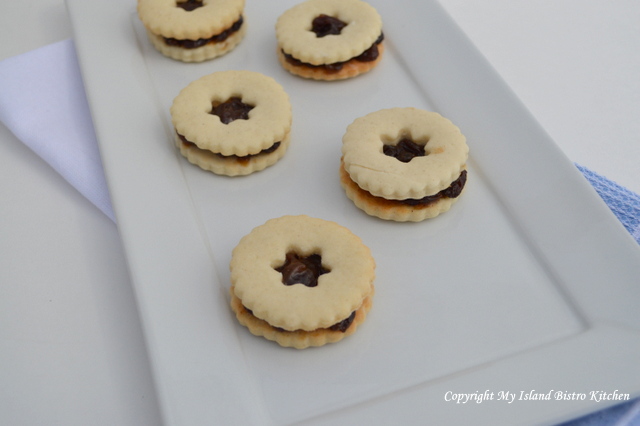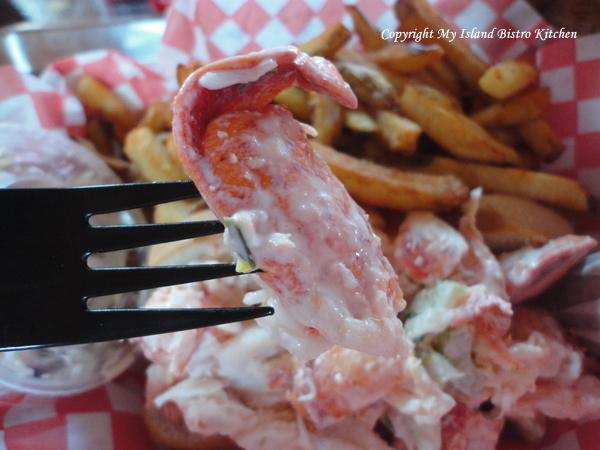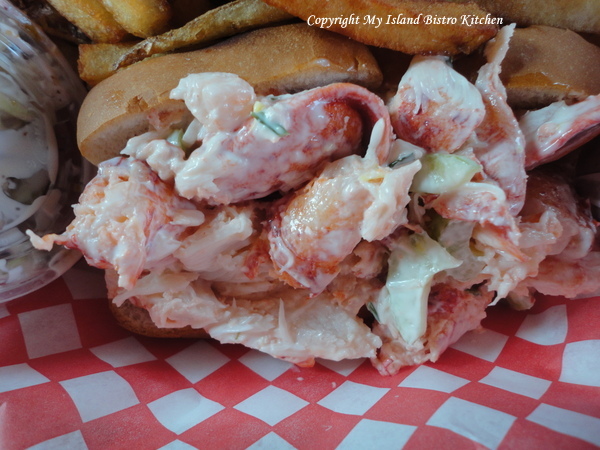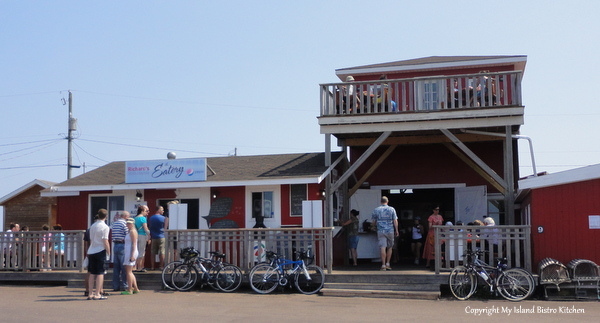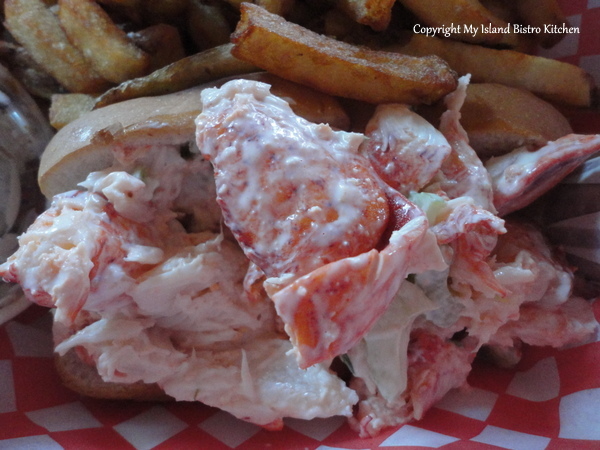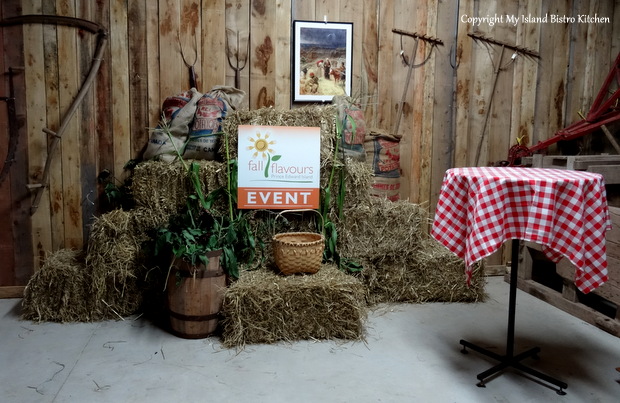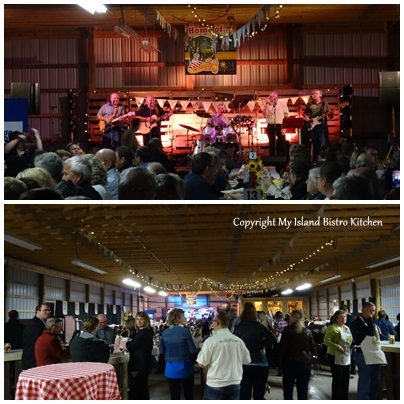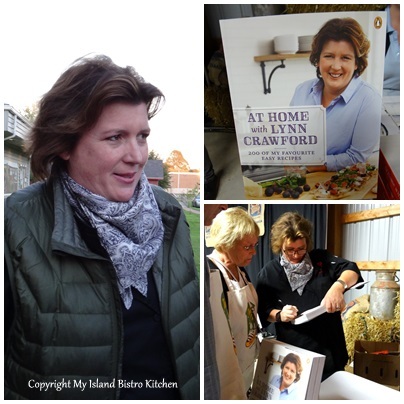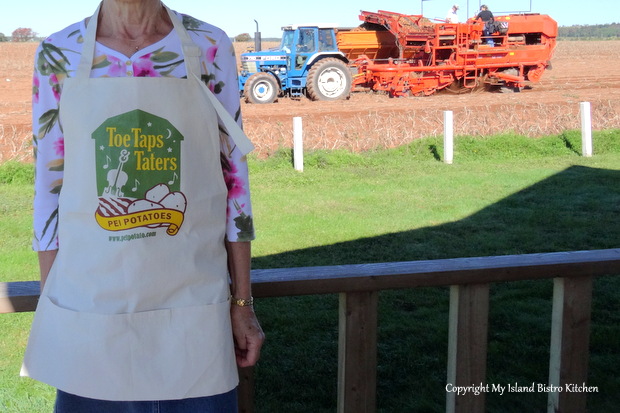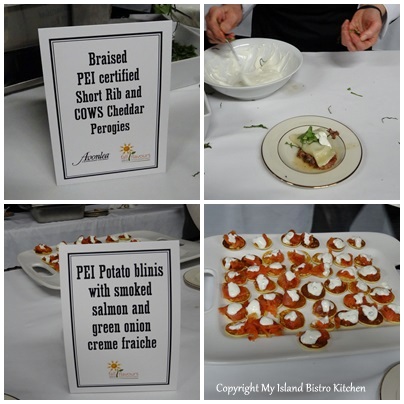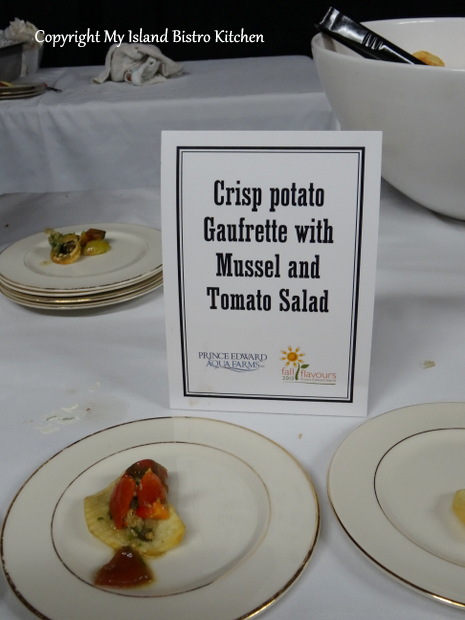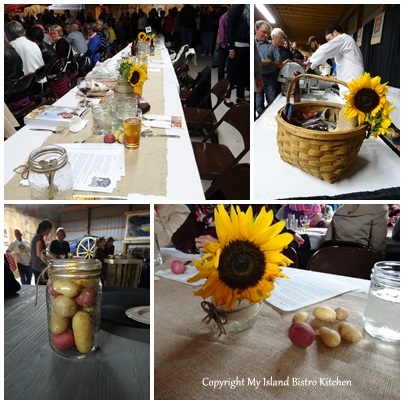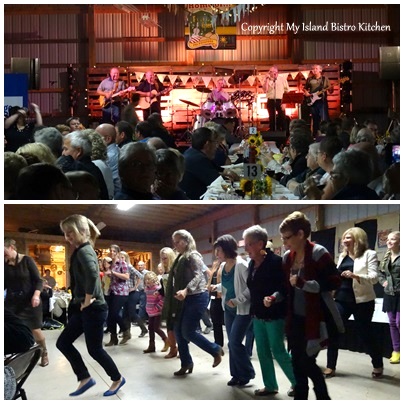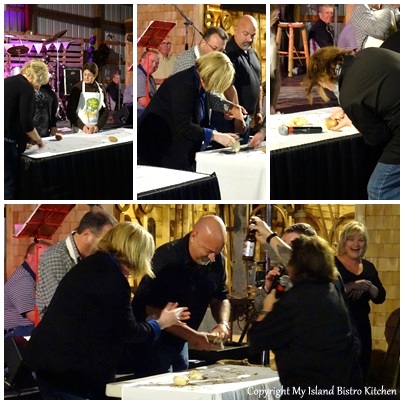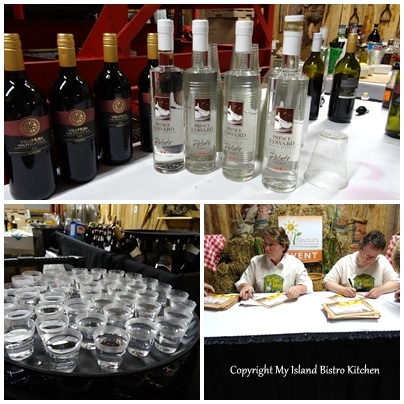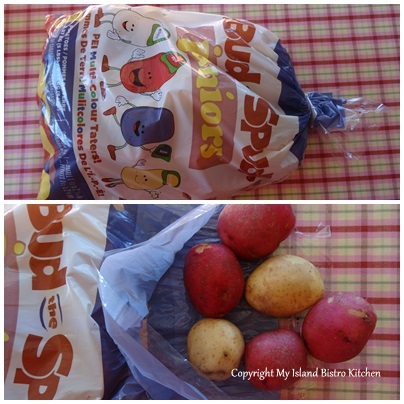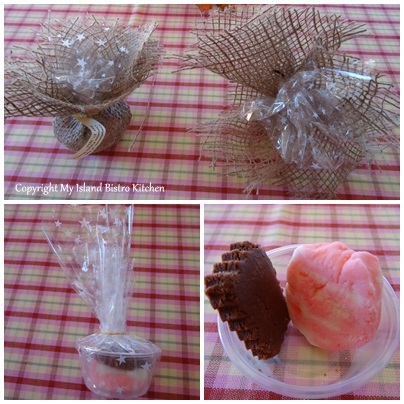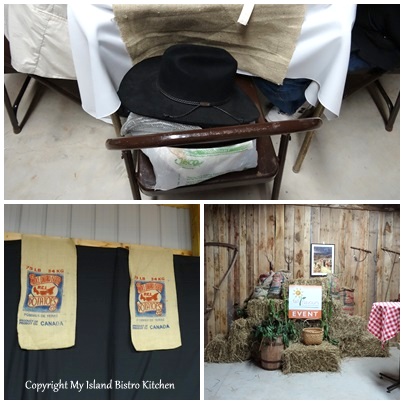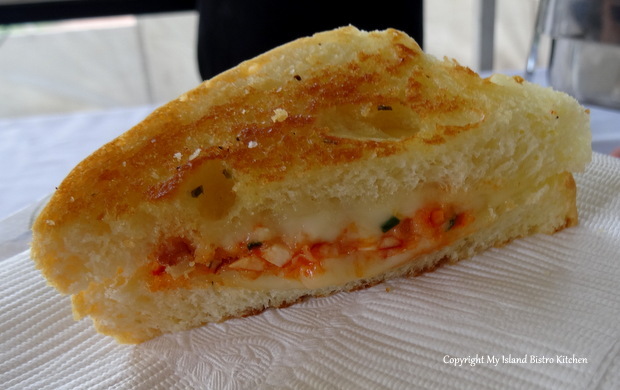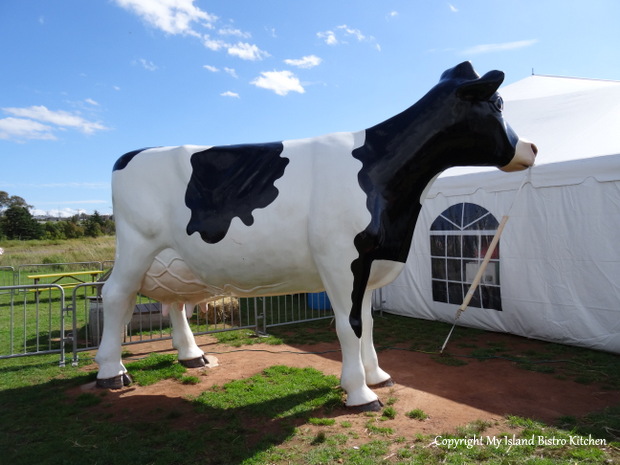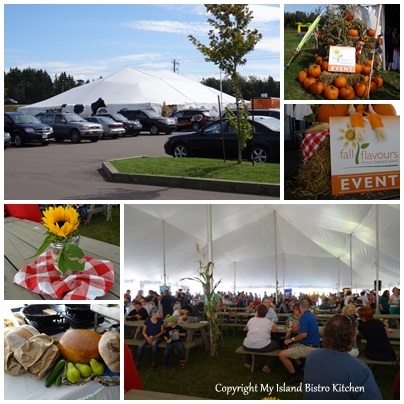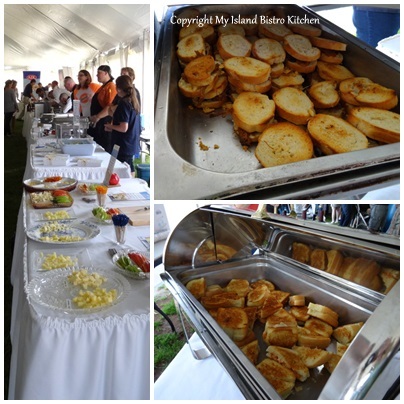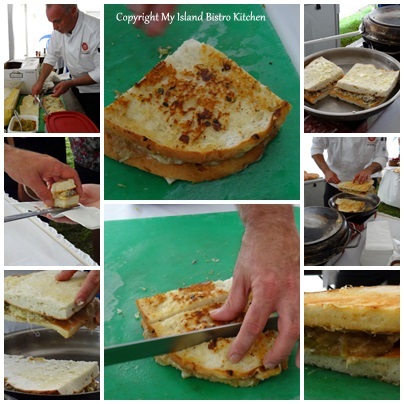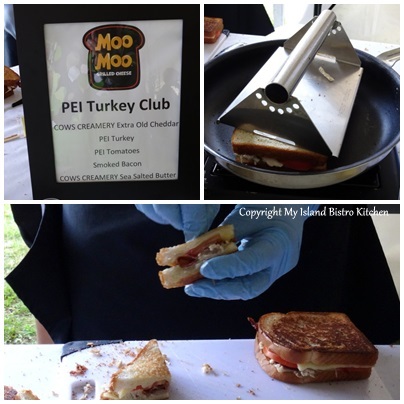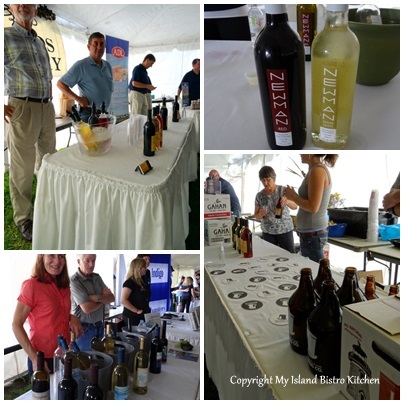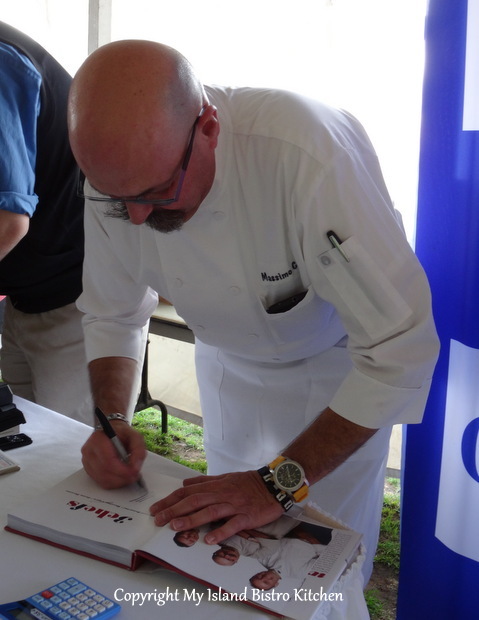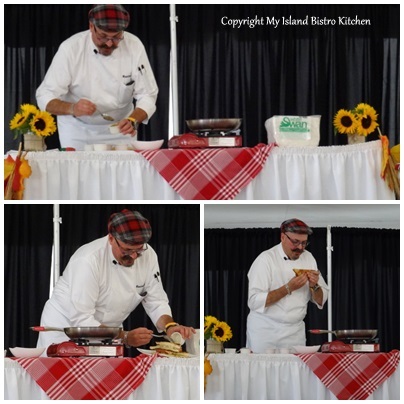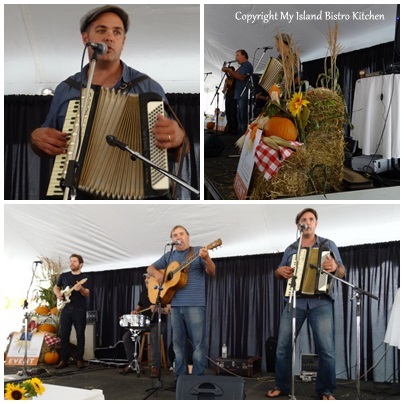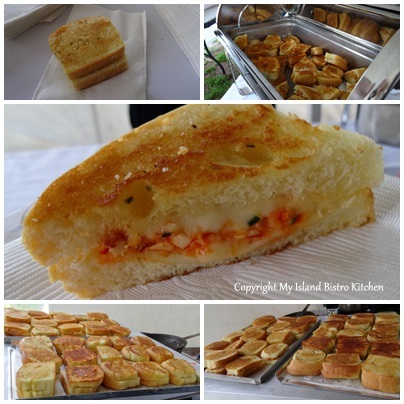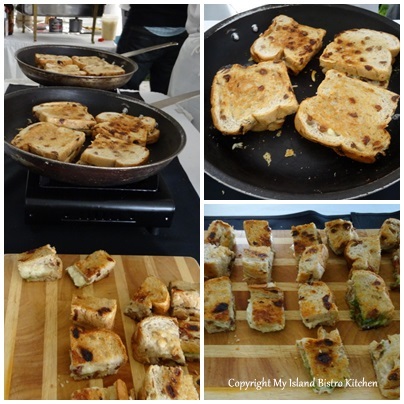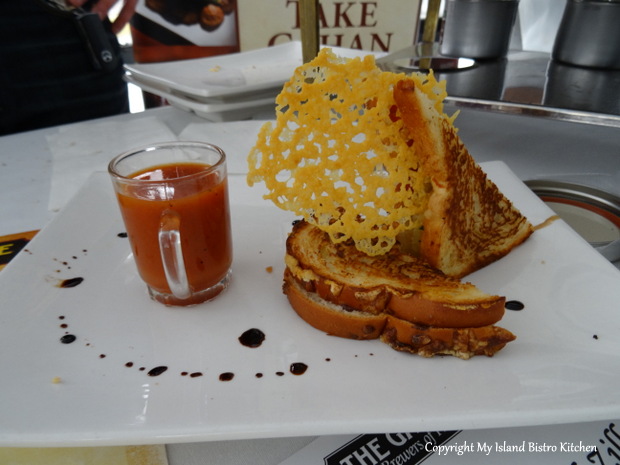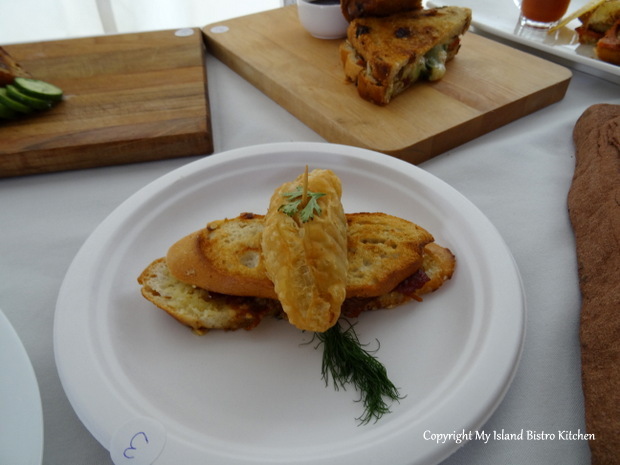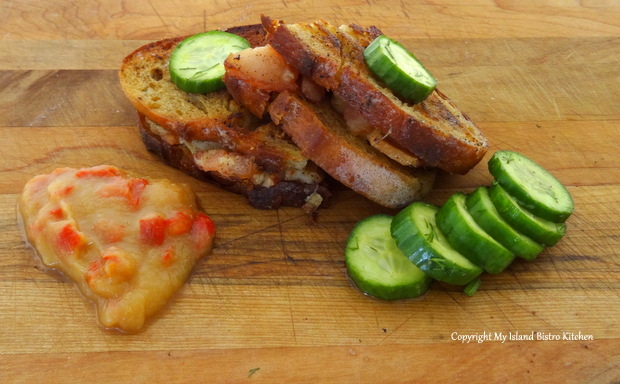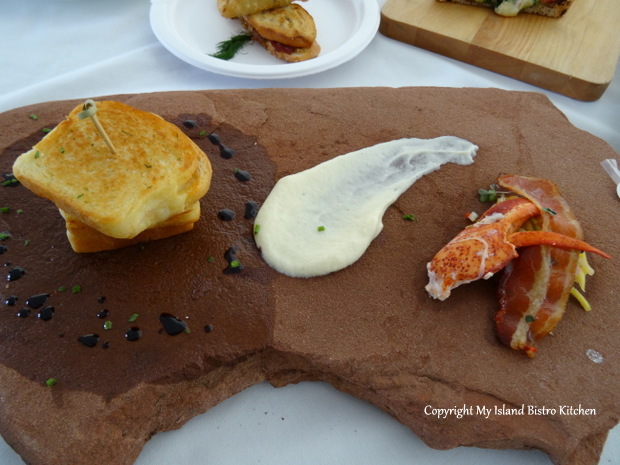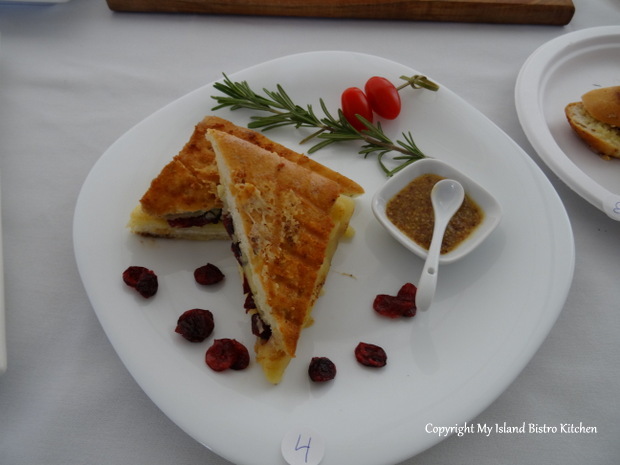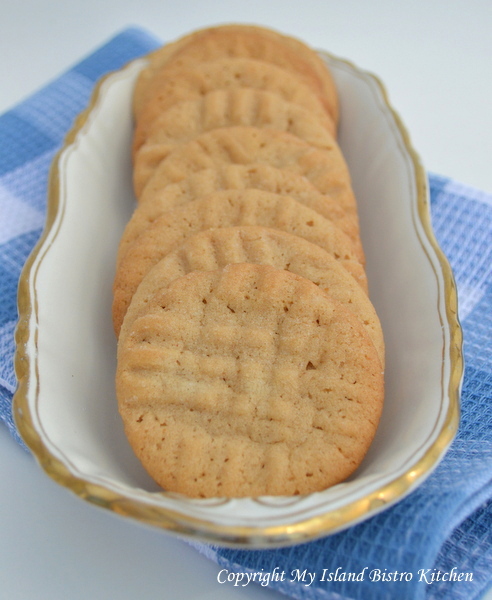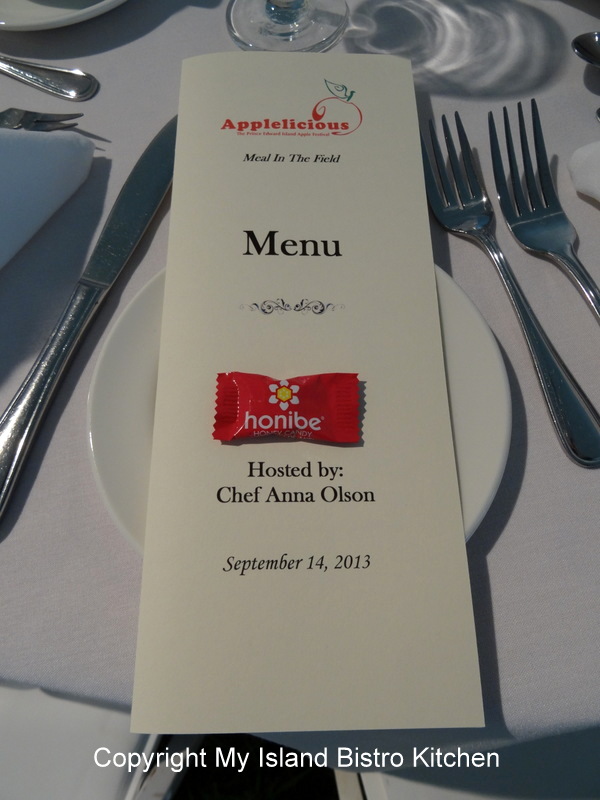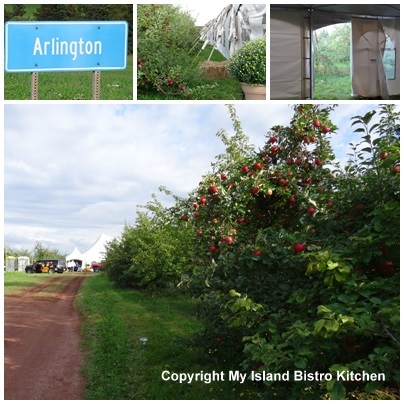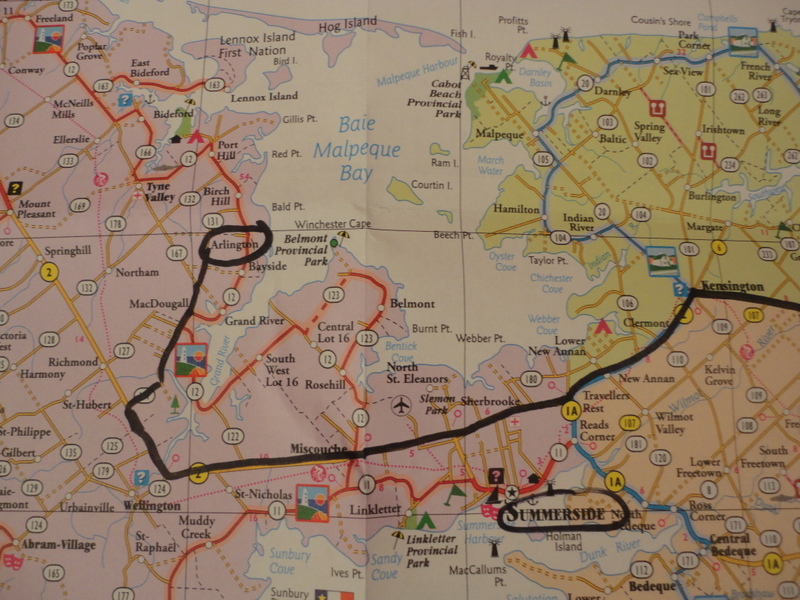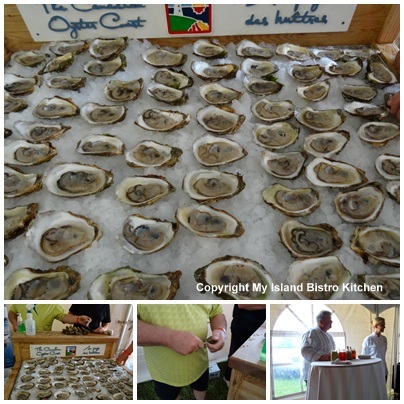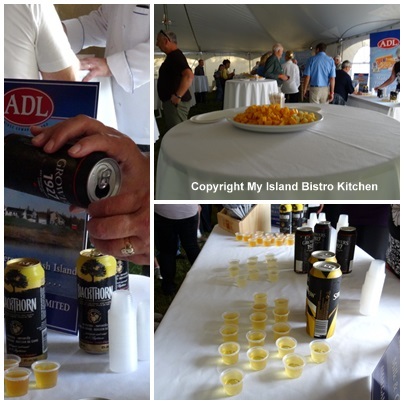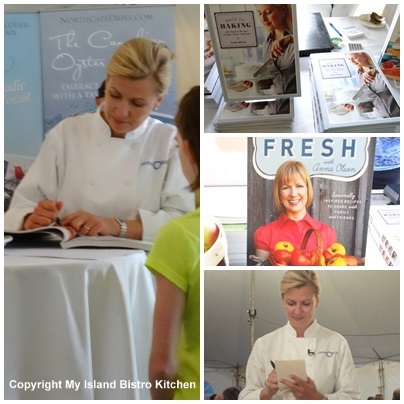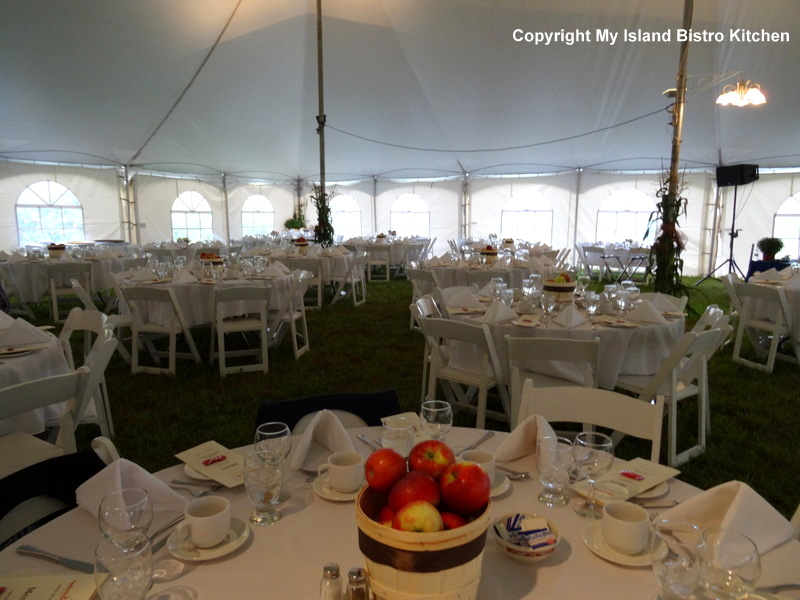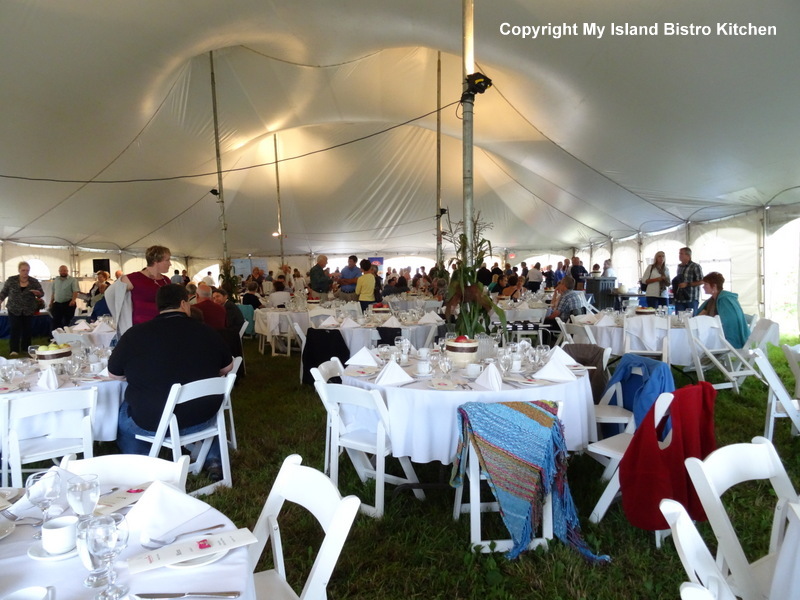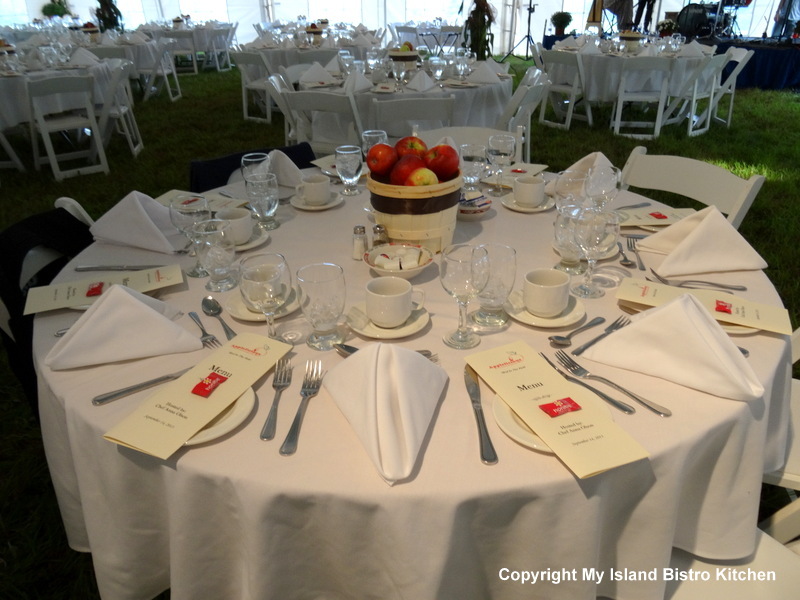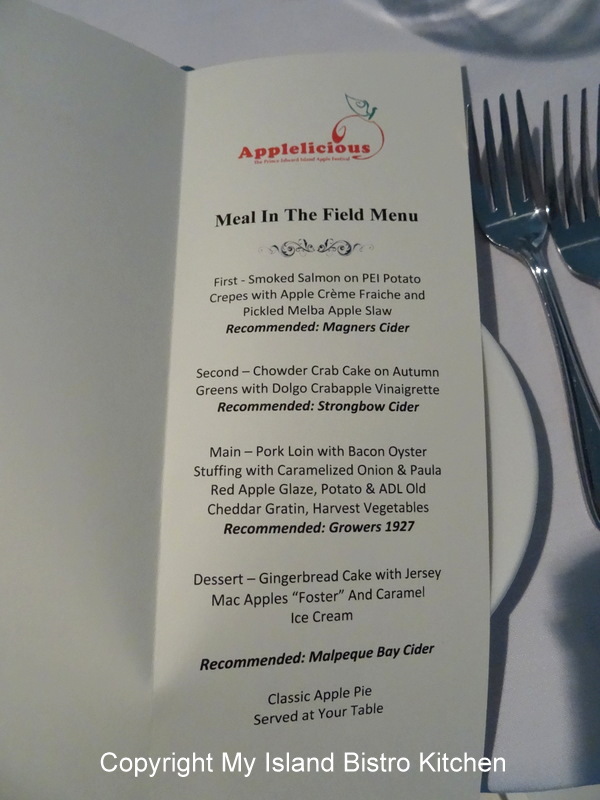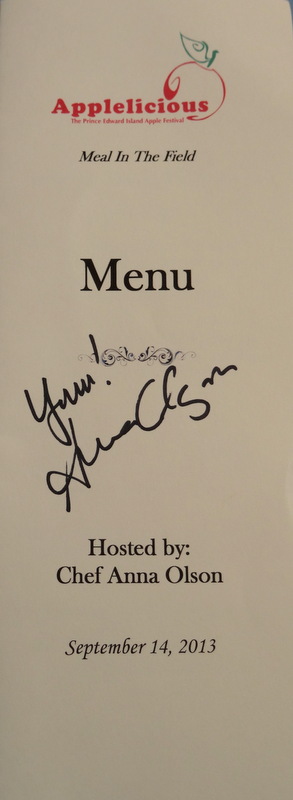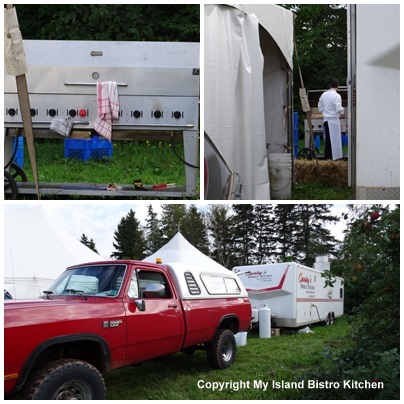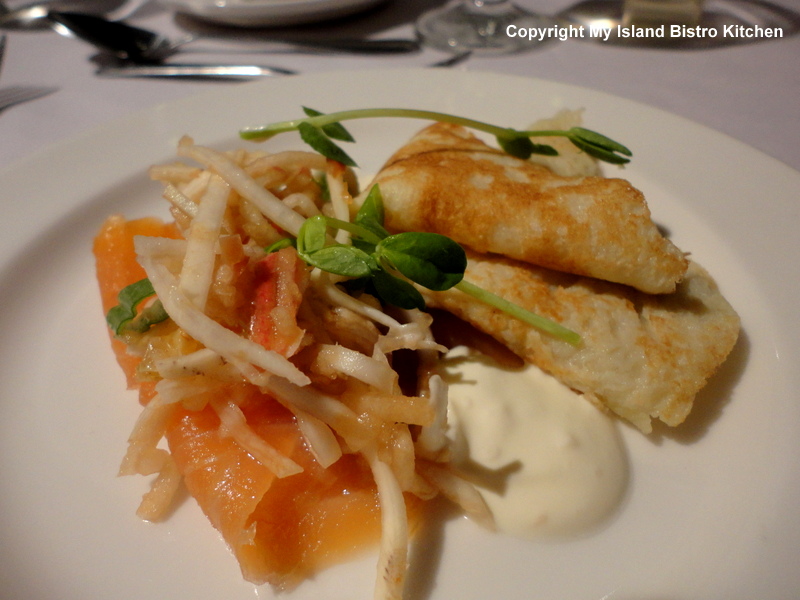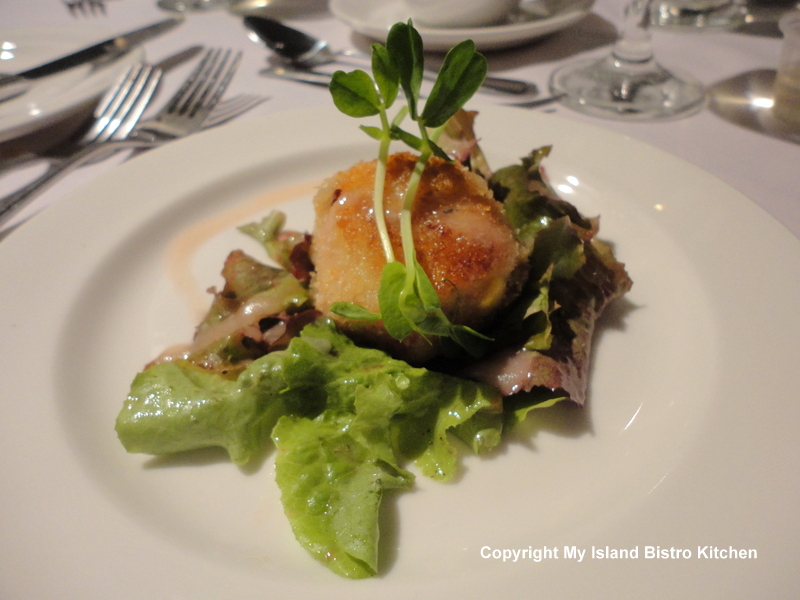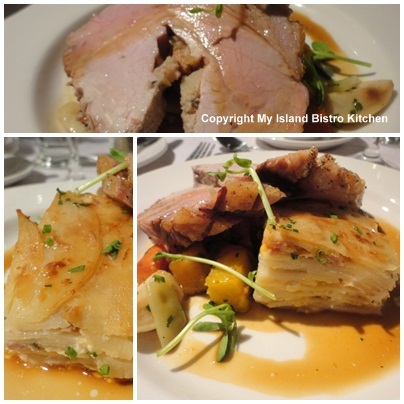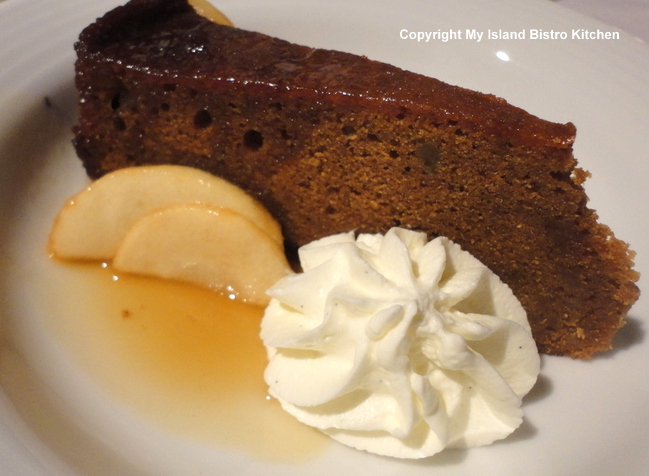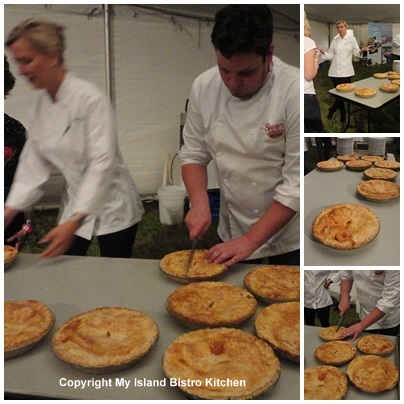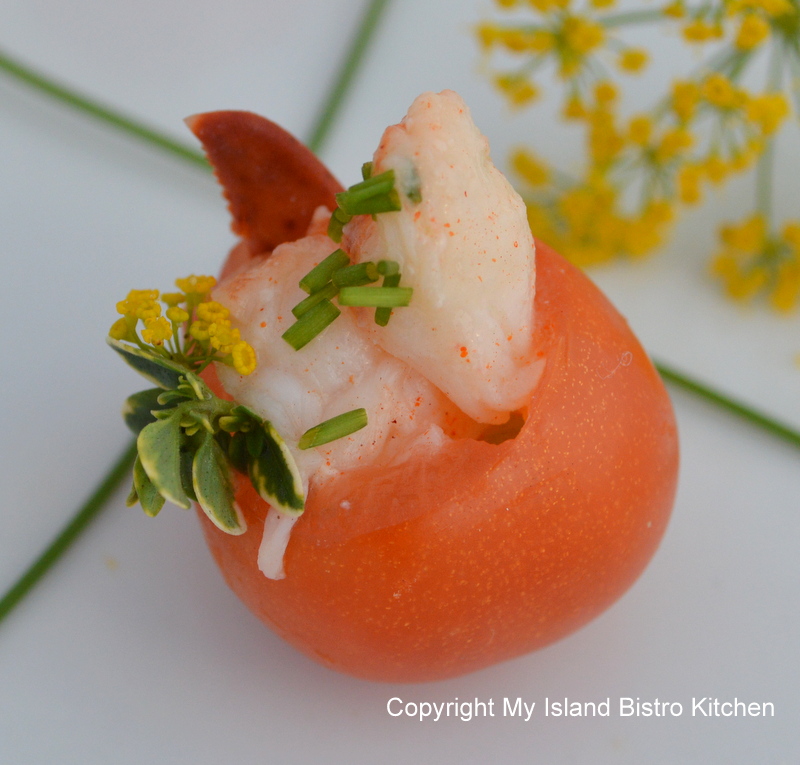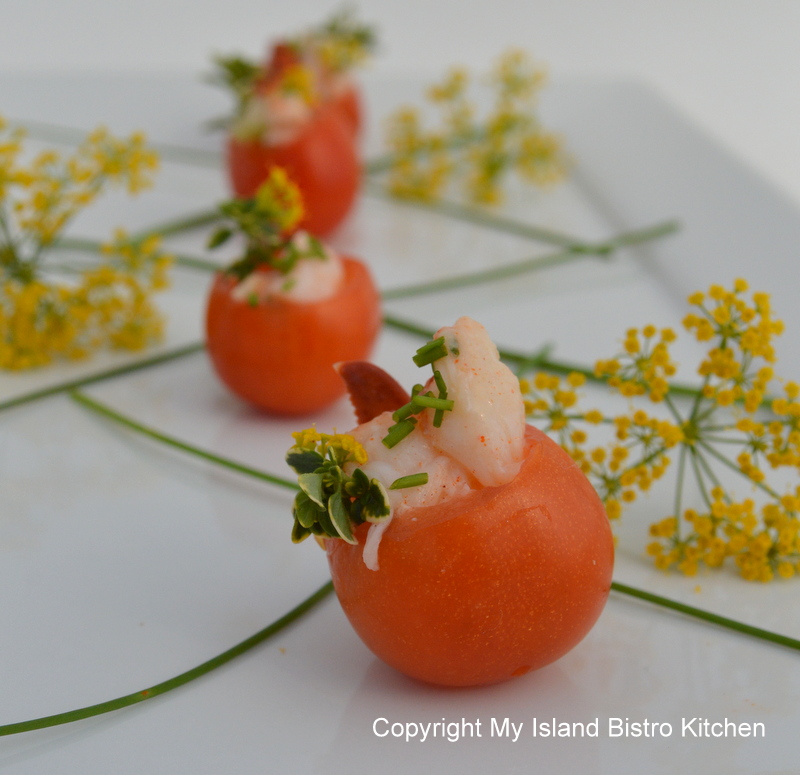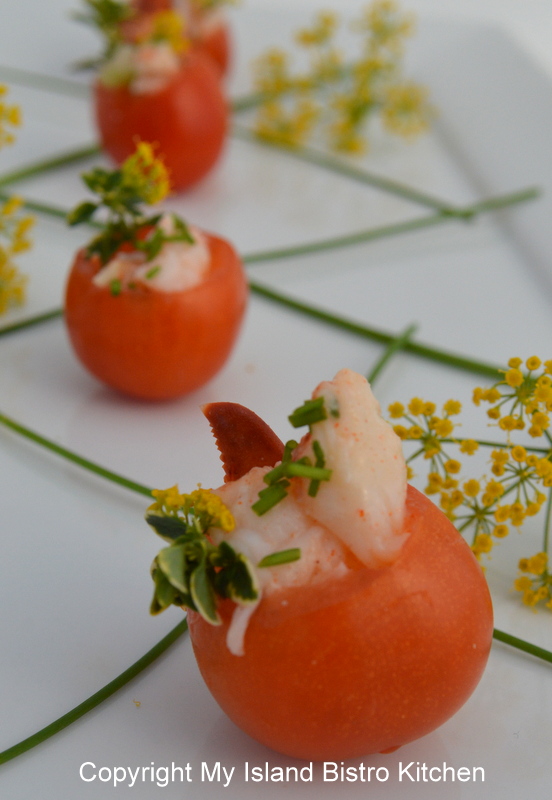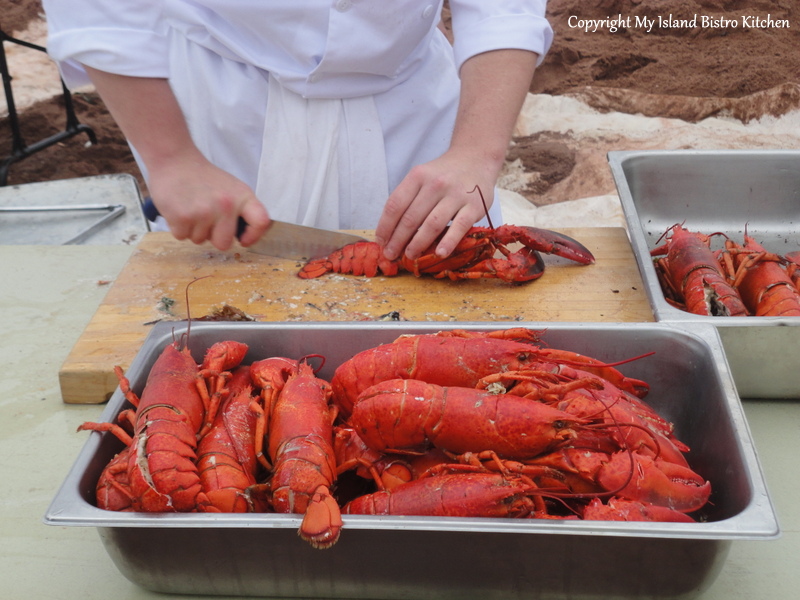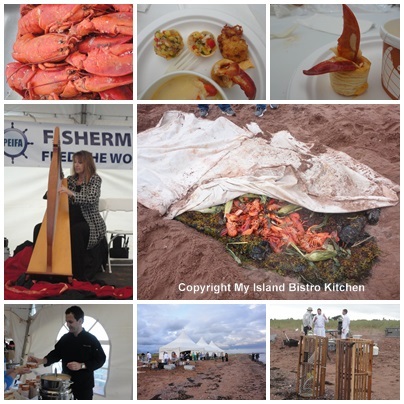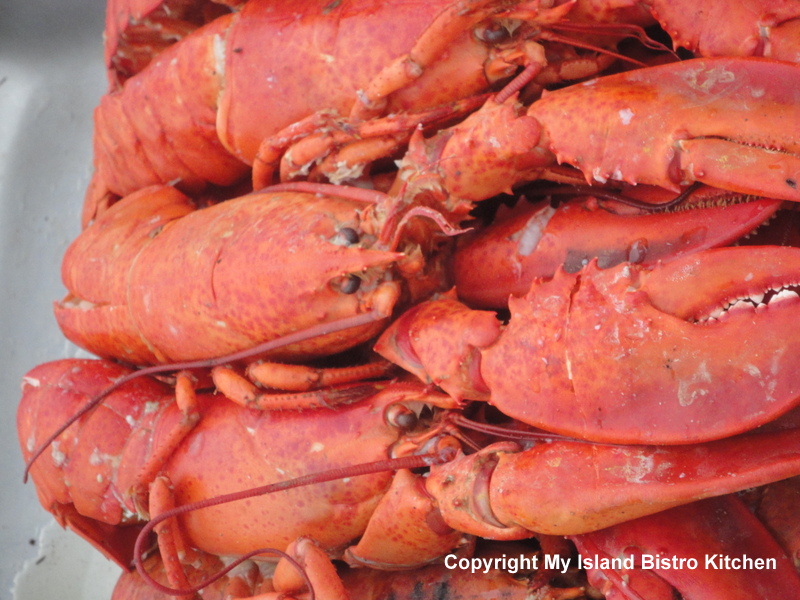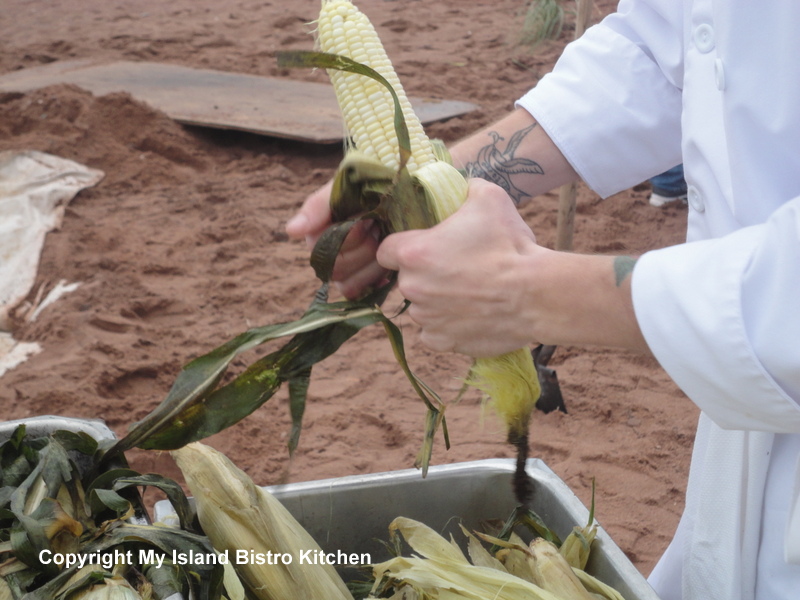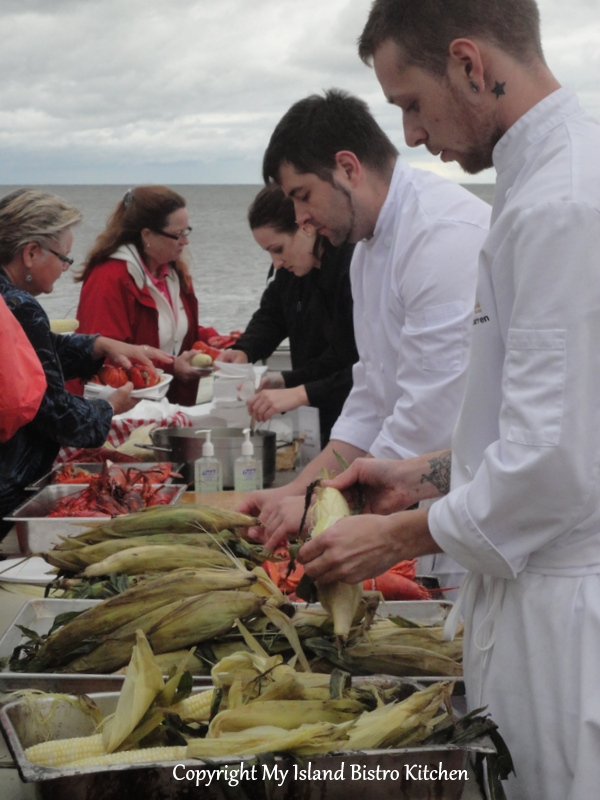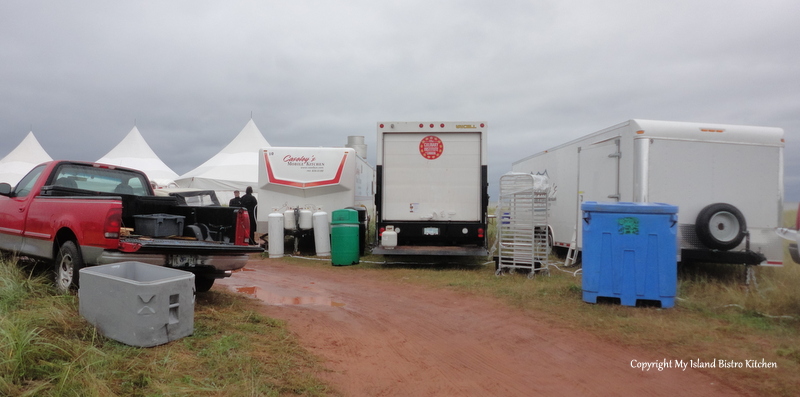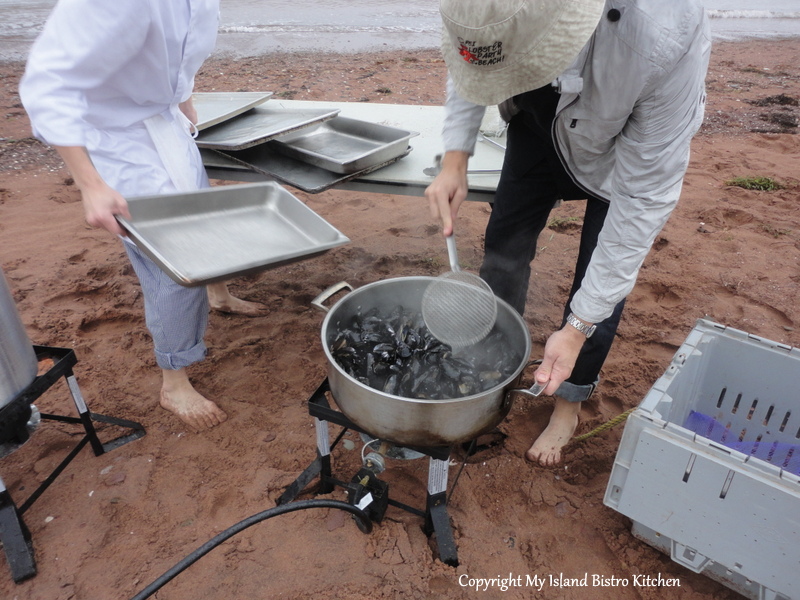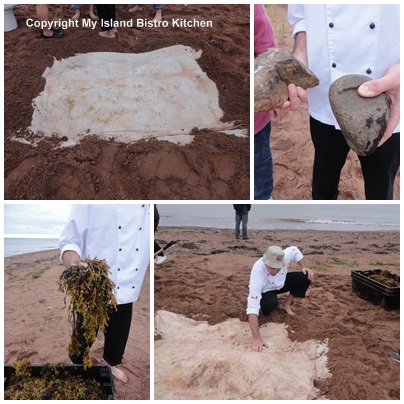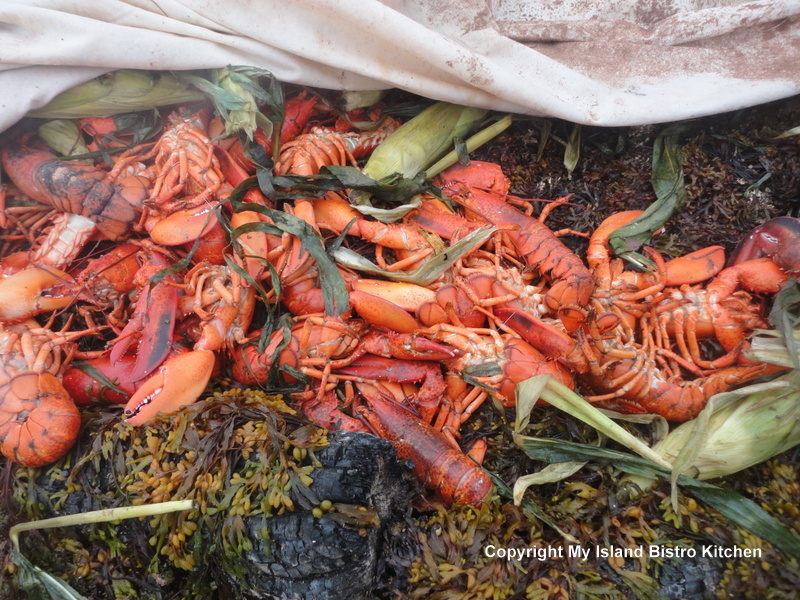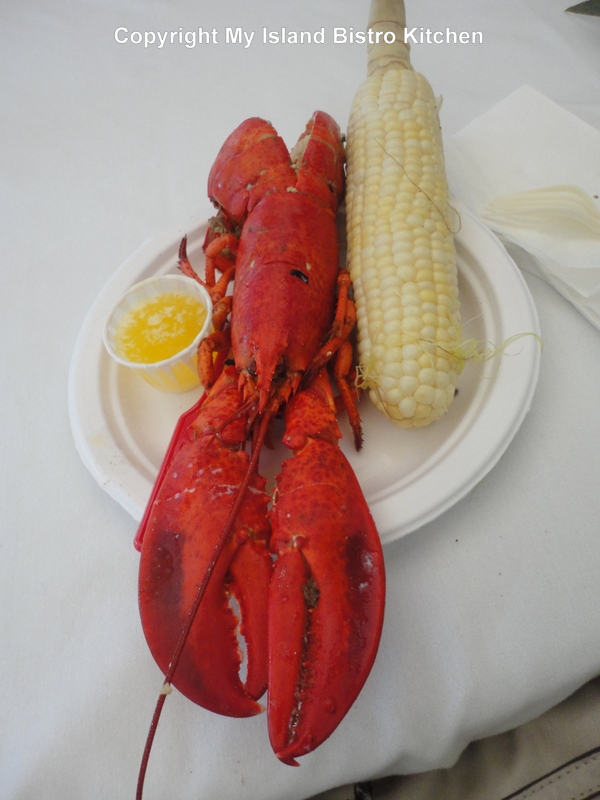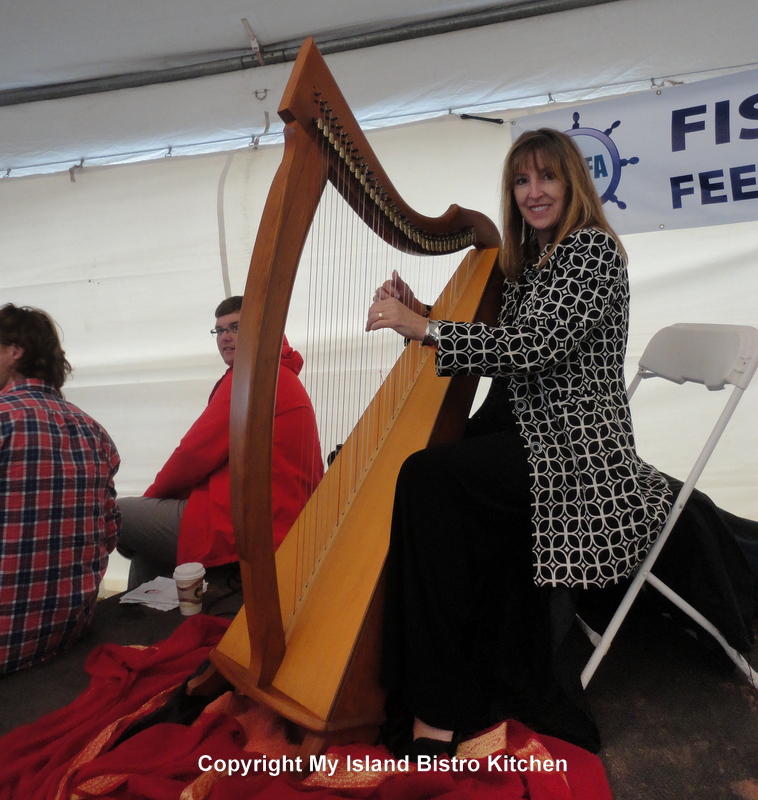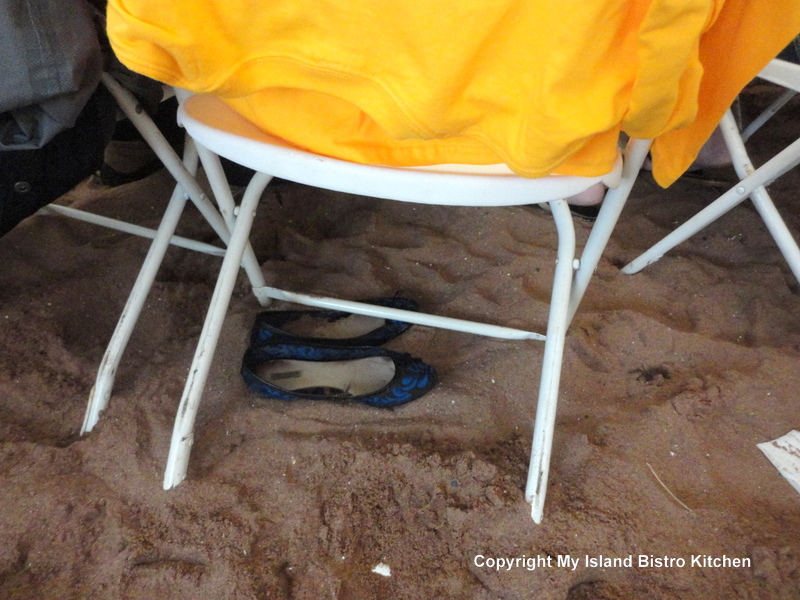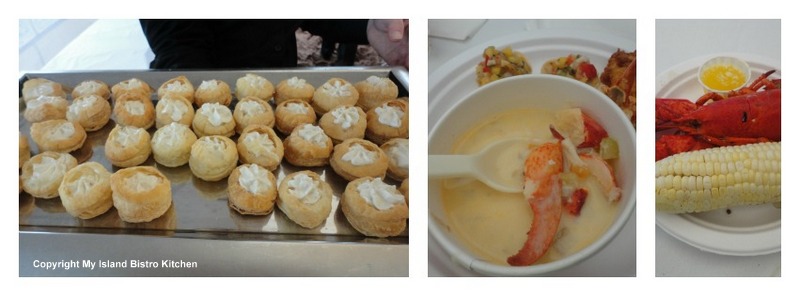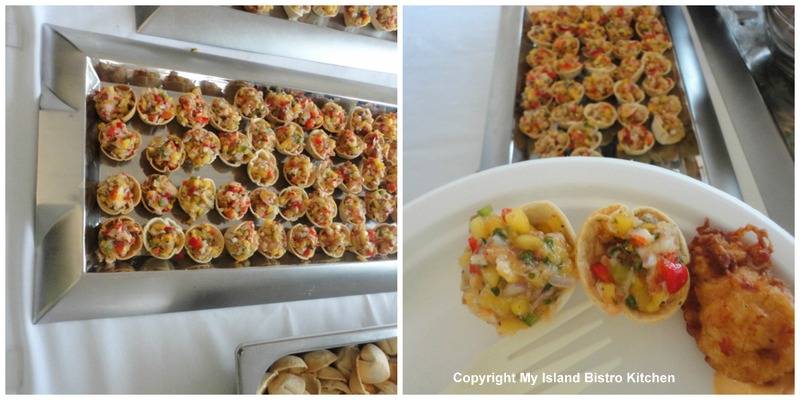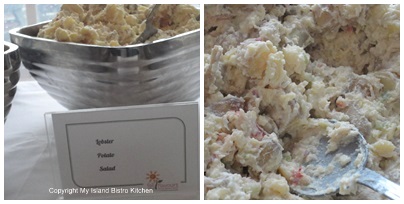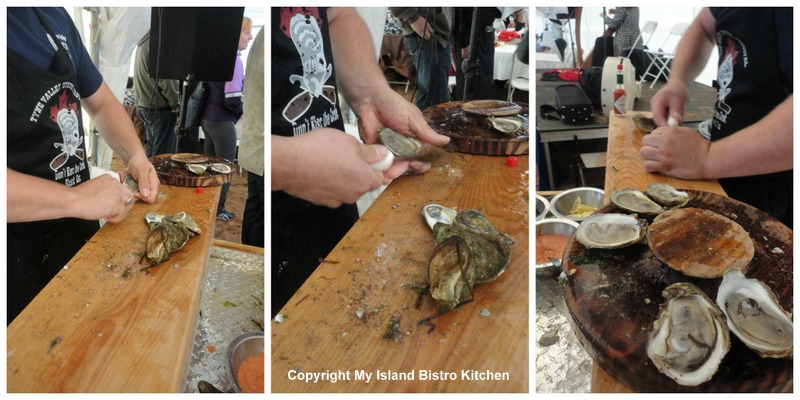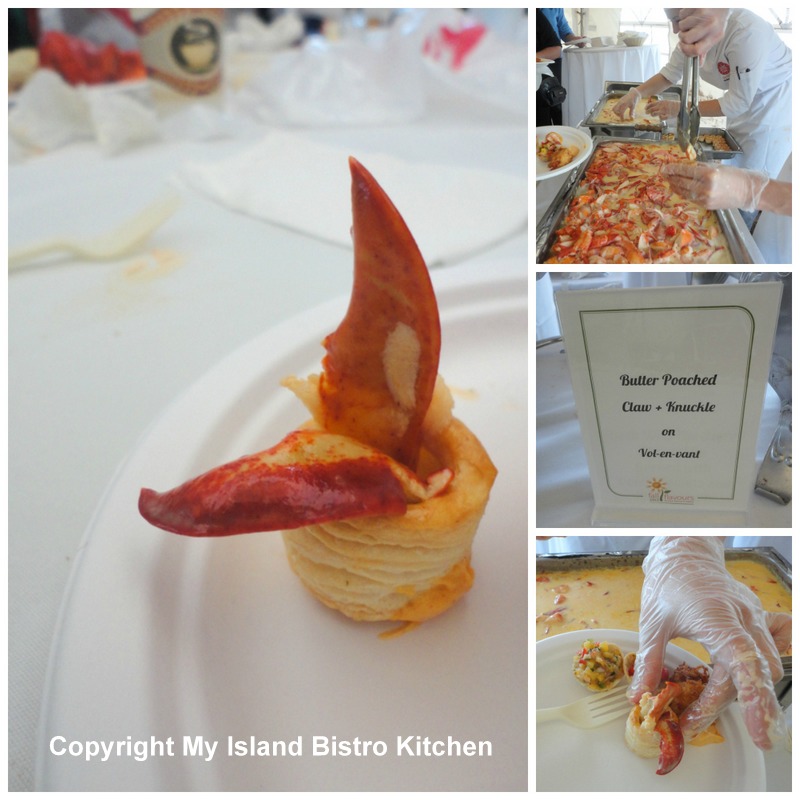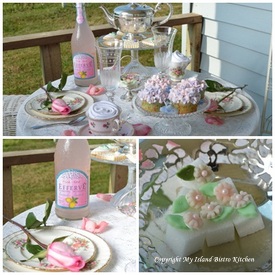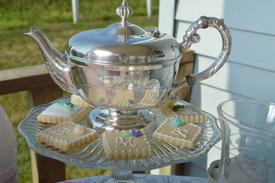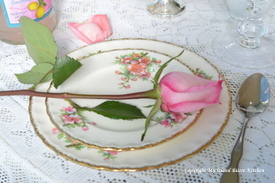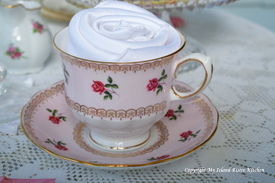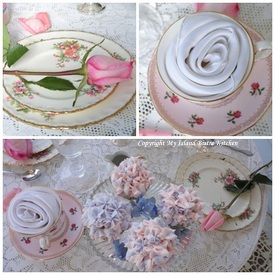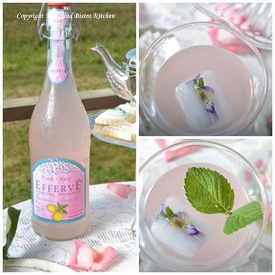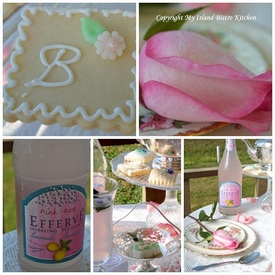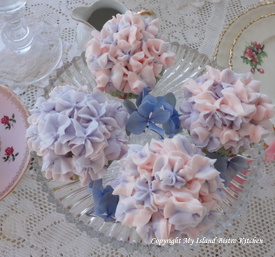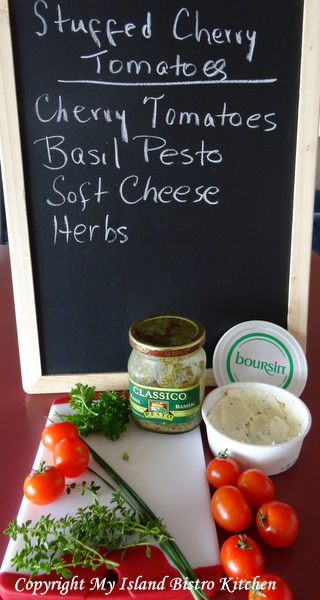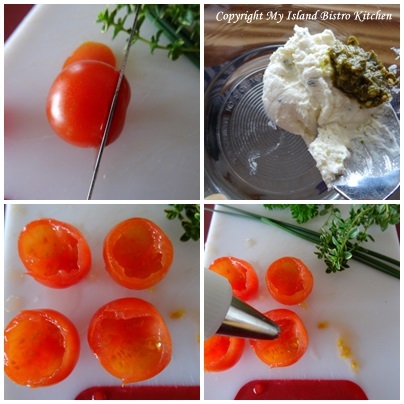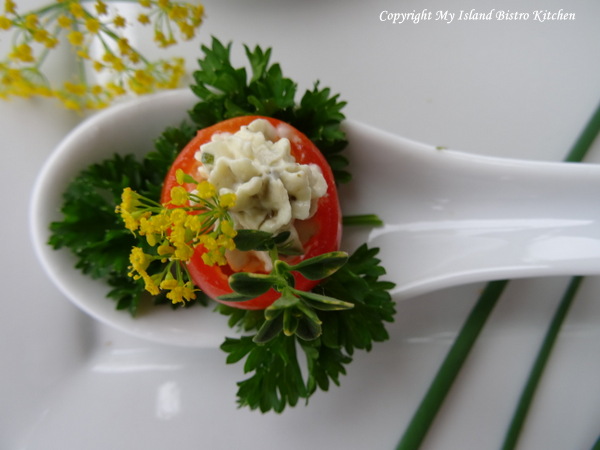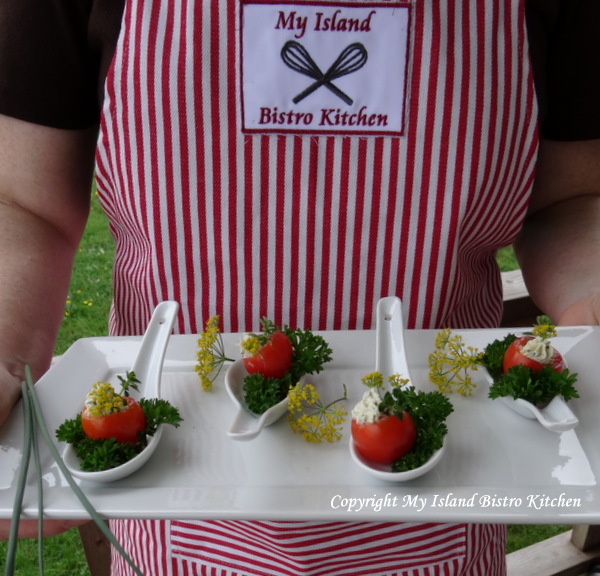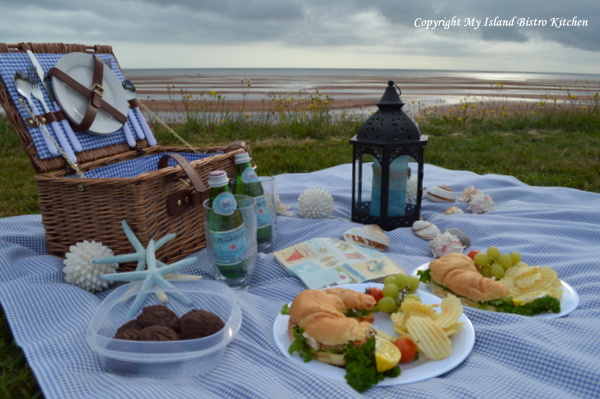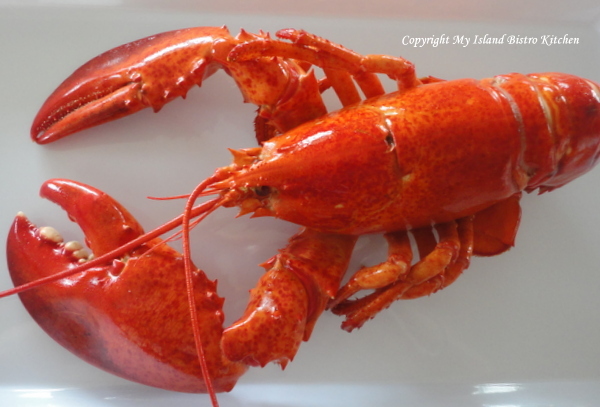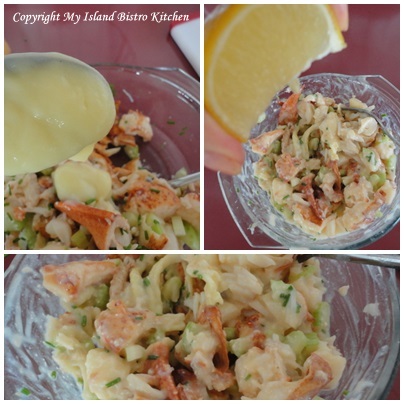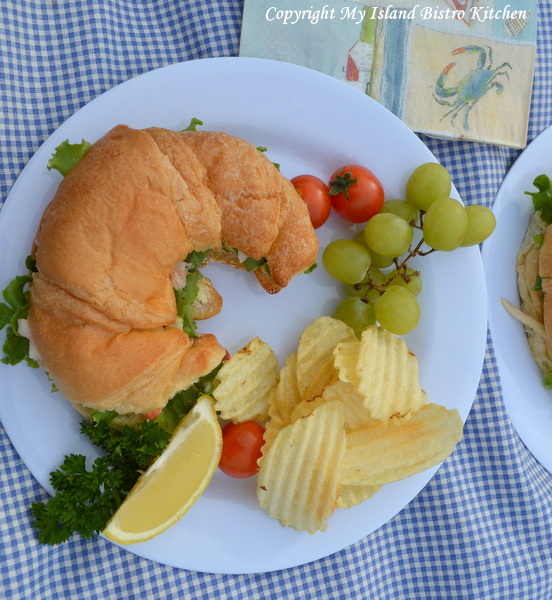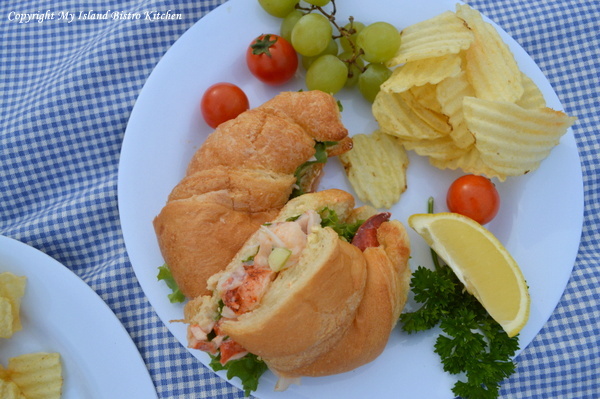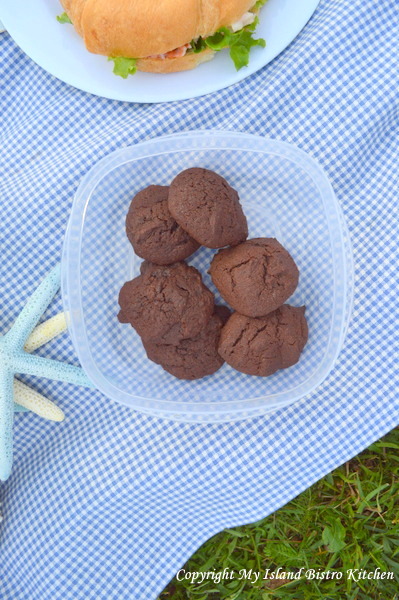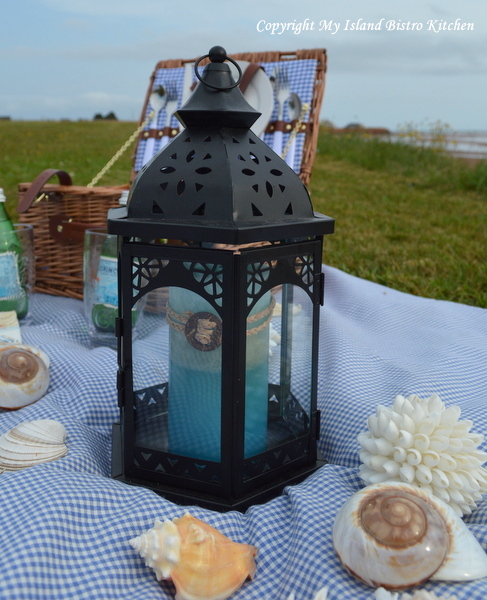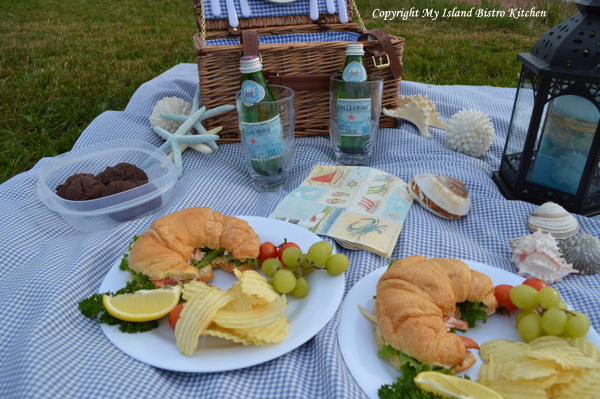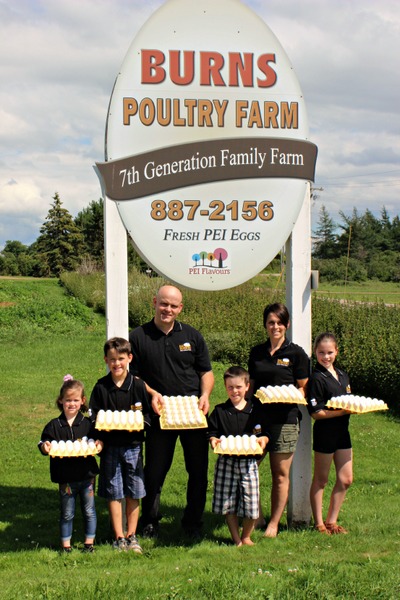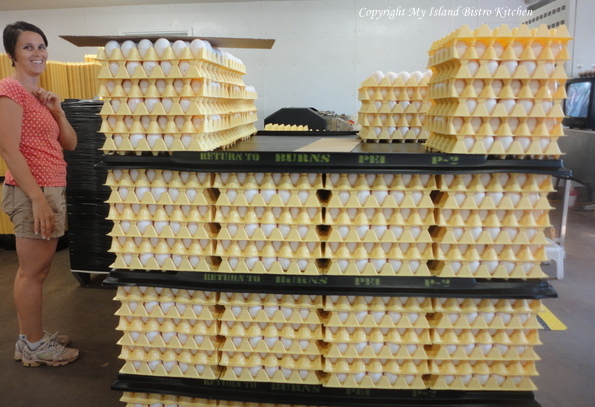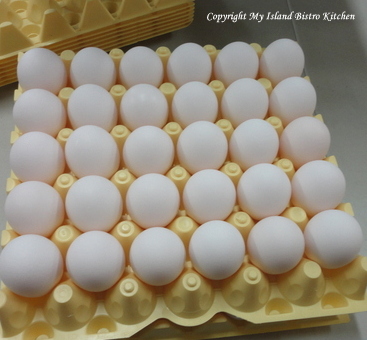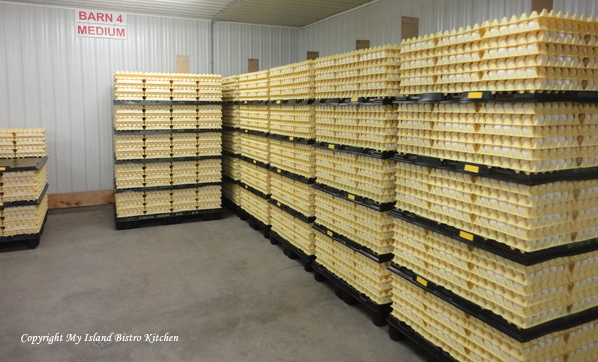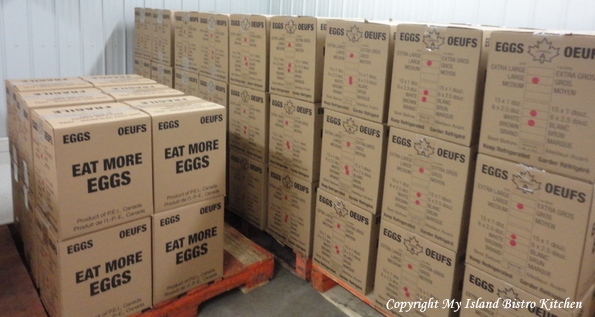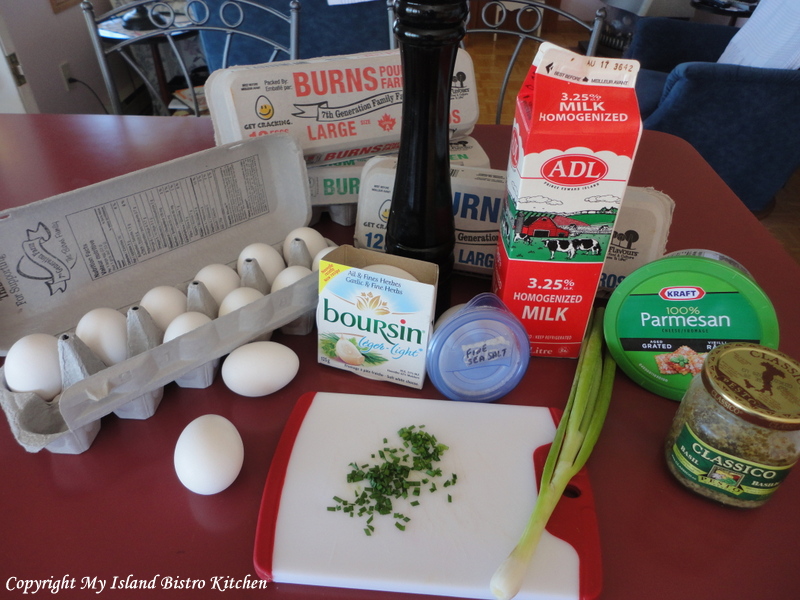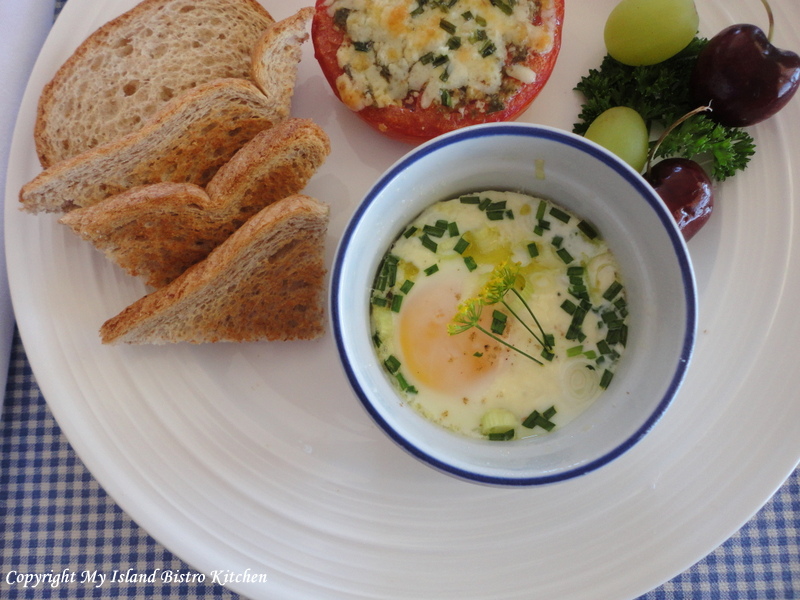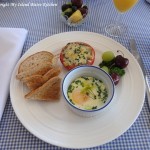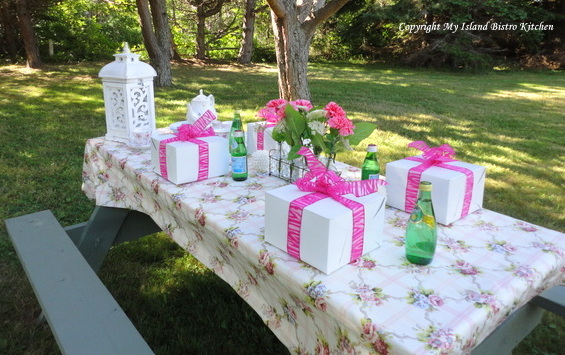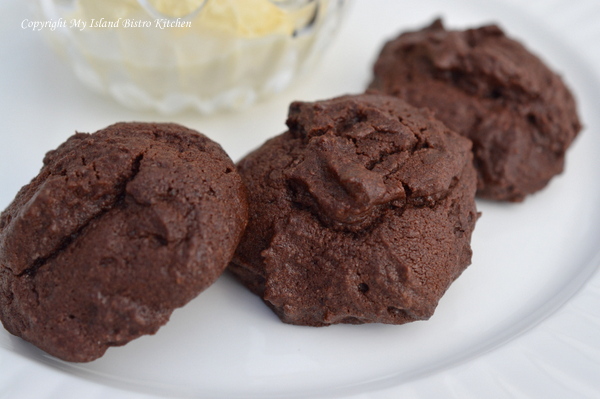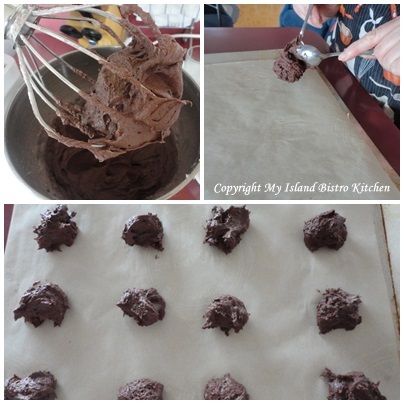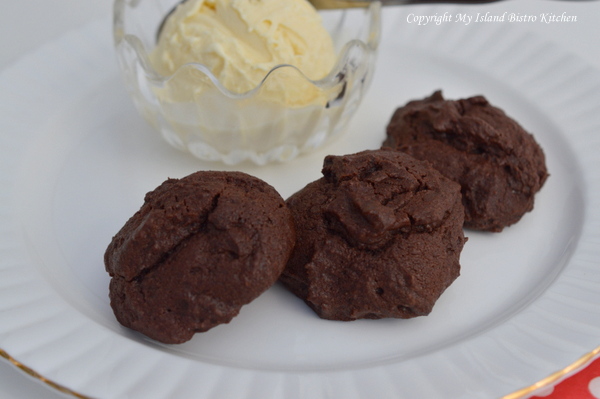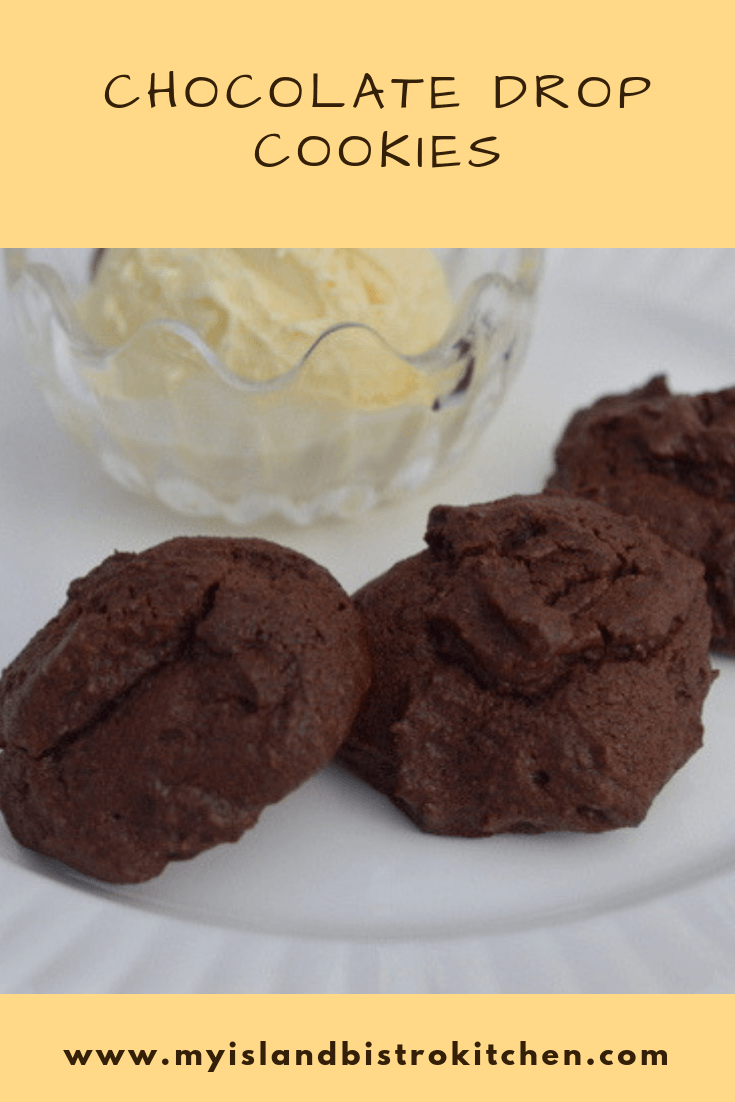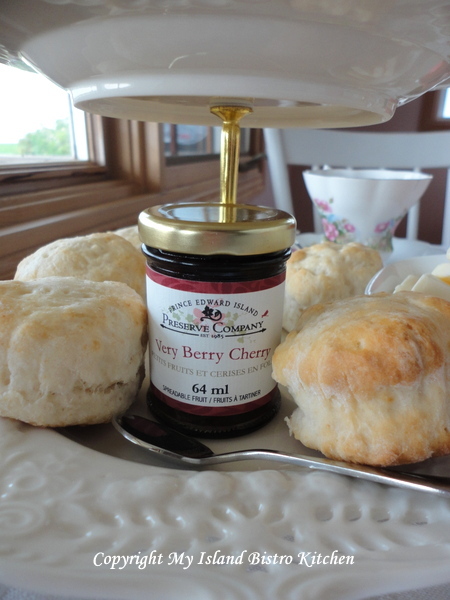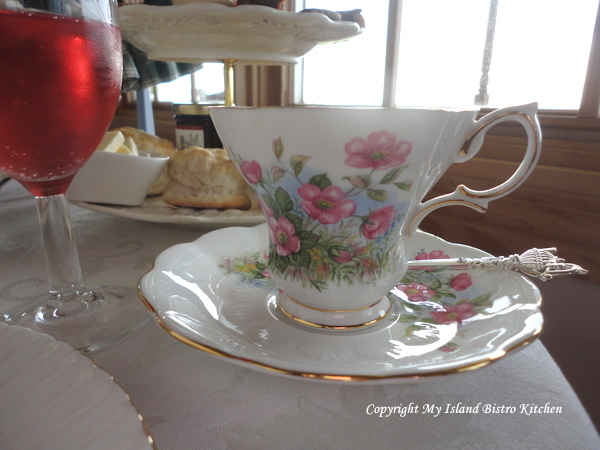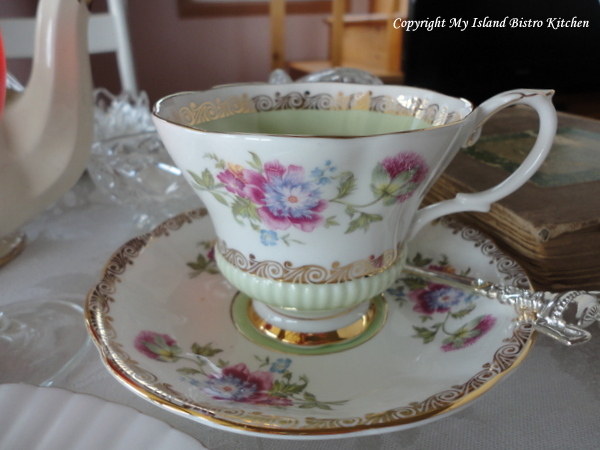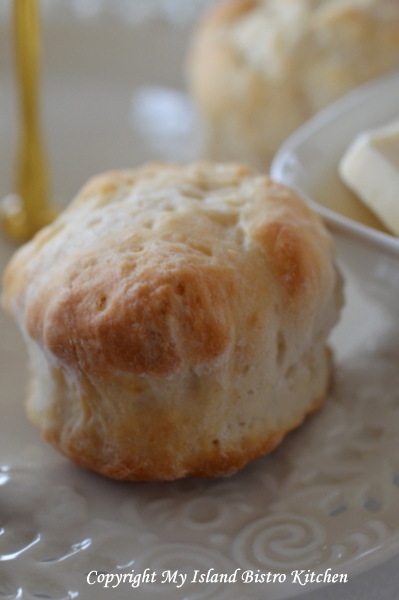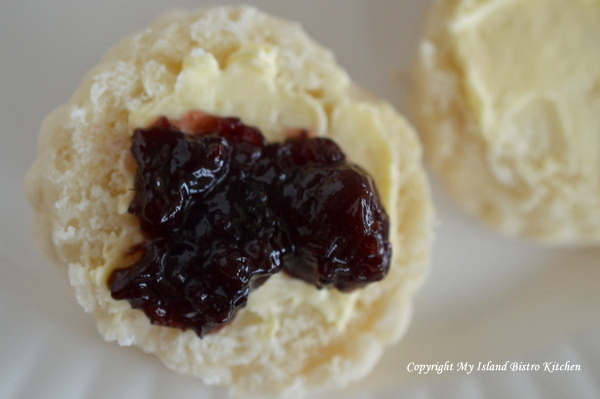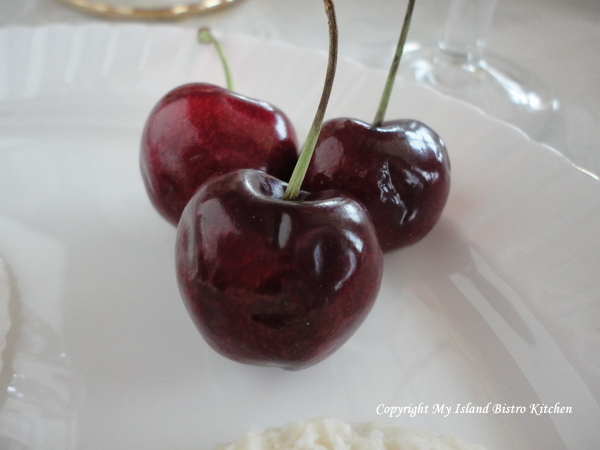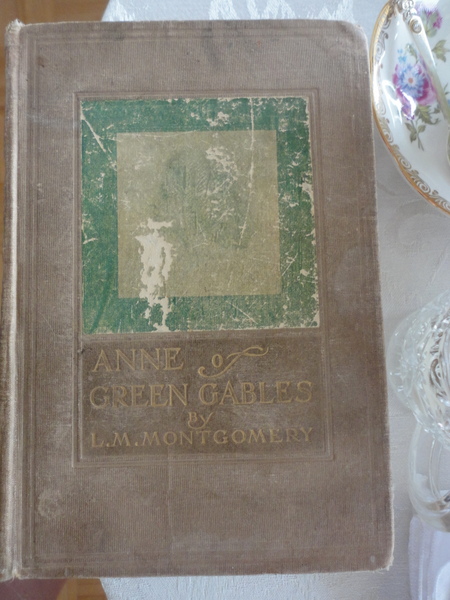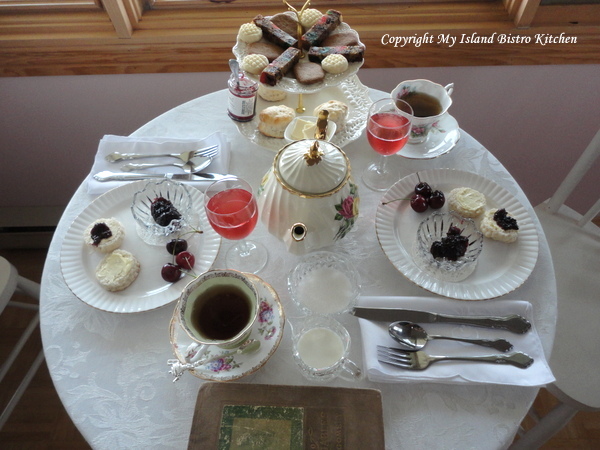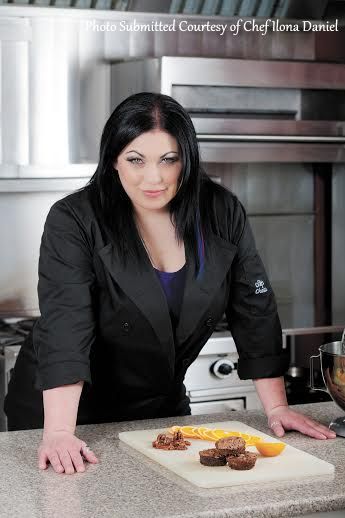
The chef profession is changing and evolving, probably faster than ever before in history. No longer are chefs hidden away in their kitchens. Today, many are taking the profession and their career to unheard-of heights. TV cooking shows, culinary events like PEI’s Fall Flavors, the popularity of cookbooks written by accomplished chefs, and chefs who engage and interact with fans via social media have all contributed to giving many chefs celebrity status. One of those is Chef Ilona Daniel. If you are a foodie on Prince Edward Island, chances are that you are familiar with Chef Ilona. This is a chef who has had a multi-faceted career to date and is not afraid to think (and step) outside the box – in fact, I’d go so far as to say Chef Ilona doesn’t even know there is a box!
Following her educational experience at McMaster University, Ilona thought she was heading to law school when suddenly her life took a turn in another direction. If it hadn’t been for her taking the leap of faith to follow her passion and calling, chances are Ilona might not have become a chef.
Ilona grew up in Hamilton, Ontario, and learned the pleasure of fine cooking by standing at the kitchen counter by the stove as she watched her mom prepare meals. Cooking was an integral part of her entire being in her formative years and she attributes her mom as having a big influence on her love of cooking.
A chef now for 12 years, Ilona’s first job as a teenager was working in a burger joint at the age of 16. Even then, whether she knew it or not, her life’s path was already being charted in the food industry. After making the decision that law school was not her destiny, Ilona studied at the Canadian Food and Wine Institute in Niagara, Ontario. After completing her studies in Niagara, she was awarded a full scholarship for the Applied Degree in Culinary Operations at the Culinary Institute of Canada in Charlottetown, PEI, and was in the first graduating class from the two-year program. Like many others who have found their way to PEI, Ilona fell in love with the Island and decided to make it her home.
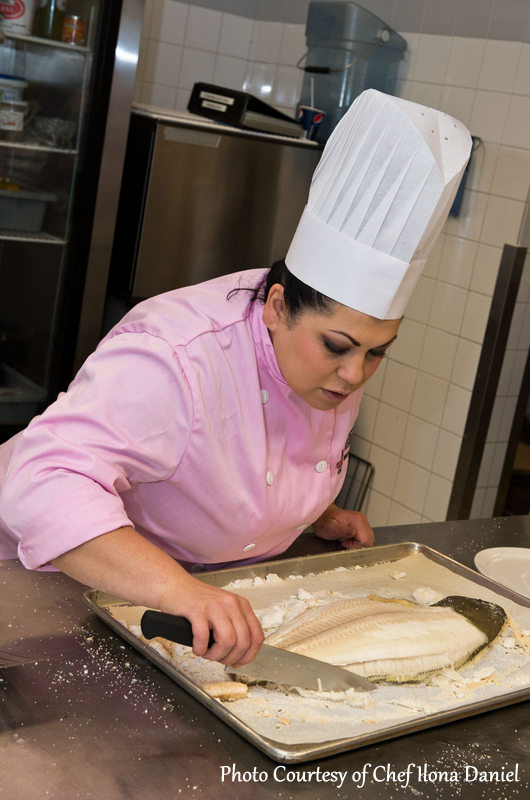
Since graduating from culinary school, Chef Ilona has had an incredibly varied career. She has been the Head Chef at the Stanhope Beach Resort, Interim Chef at Sims and Off Broadway Restaurants, Founding Chef at the Brickhouse, Executive Chef to the Lieutenant-Governor of PEI at Fanningbank, Executive Chef of Holland College’s Culinary Boot Camps, Resident Food Scene Writer for G Magazine, and Culinary Instructor at the PC Cooking School at the local Superstore. And, that’s not all. This fall, she was the Culinary Expert for the PEI2014 Roadshow that travelled across Canada to promote the planned events in PEI in 2014 to celebrate the 150th anniversary of the Charlottetown Conference that led to the creation of Canada. Perhaps you may have seen Chef Ilona on one of several morning TV shows. Most recently, Chef Ilona has started her own Catering and Consulting Business — Tribe Fresh Cookery. This is a gal who likes to be busy!
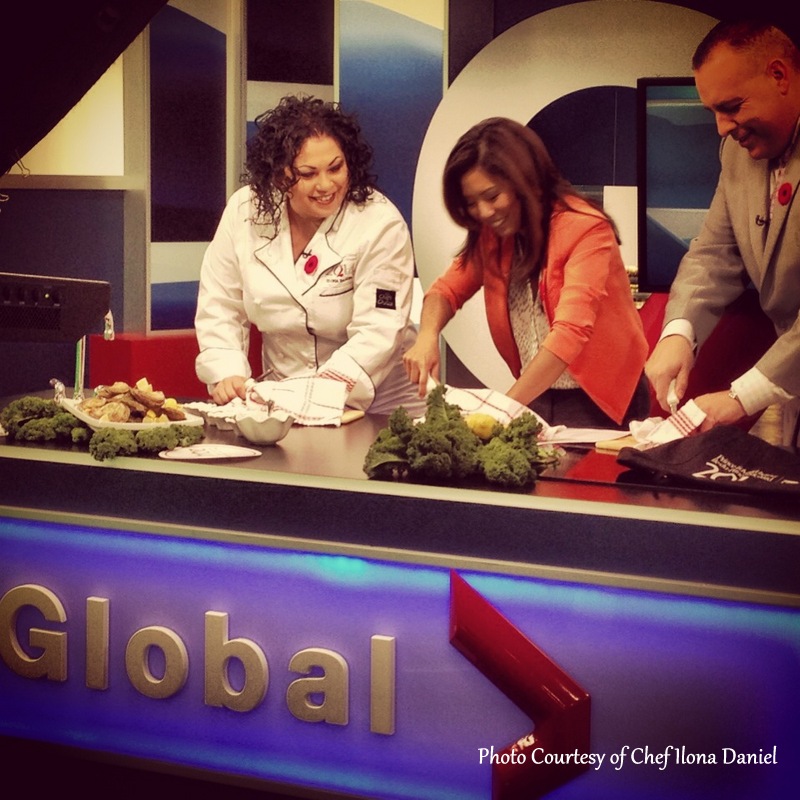
Out of this impressive resume, I asked Chef Ilona which job was the most interesting. Her response was starting her own business because she is building it from the ground up. Her most challenging job was working at the Stanhope Beach Resort because it was a seasonal operation so it meant every year was starting all over again with new staff to be trained quickly. The job that surprised her the most was being Executive Chef to PEI’s Lieutenant-Governor. In this role, she prepared food for many events and functions that included a number of award ceremonies to honour Islanders who were making a difference to their communities. This allowed her to see what a generous and giving community PEI really is. While in this role, Ilona became the first chef at Fanningbank to use social media to tell the story of what food was being prepared for their Honours and for events. Chef Ilona says her most fulfilling job has been her role as Executive Chef of the Culinary Boot Camps. Chef Ilona particularly enjoys the Kids Camps where they are shown how to grow vegetables and make their own food. It’s an opportunity to influence the next generation to eat well.
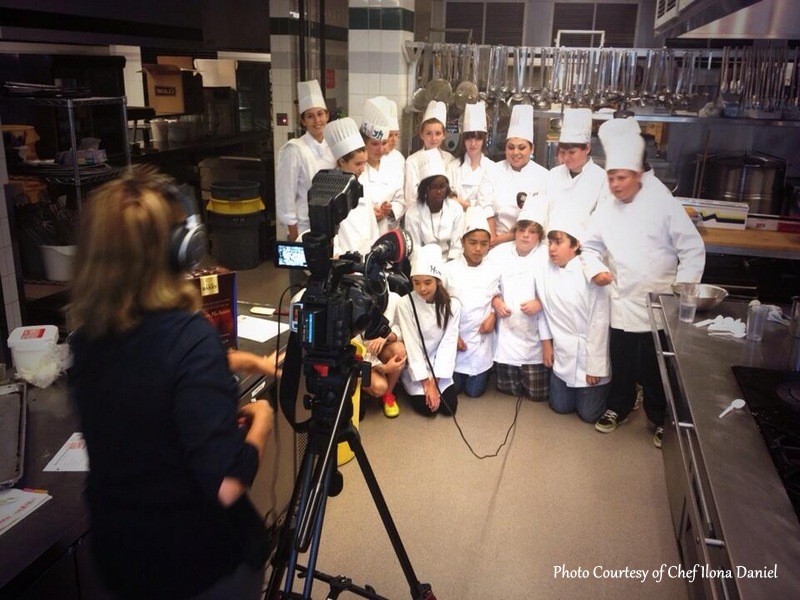
Chef Ilona’s philosophy in cooking is to “cook with love and don’t be afraid to be different”. She says “there are Chefs whose food can be executed but not necessarily made with passion”. She does not follow trends but rather follows her heart and takes the road less traveled. Her belief is that food should be natural and real. As she says, “good food inspires conversation and doesn’t have to be complicated; use the best local ingredients executed with flawless technique and care about what you are doing”.
I asked Chef Ilona what inspires the recipes and menus she creates. First, she says she needs to know who her audience is. She makes a point of respecting any dietary concerns they may have and is excited to be creative to cook interesting and tasty foods that meet their dietary requirements.
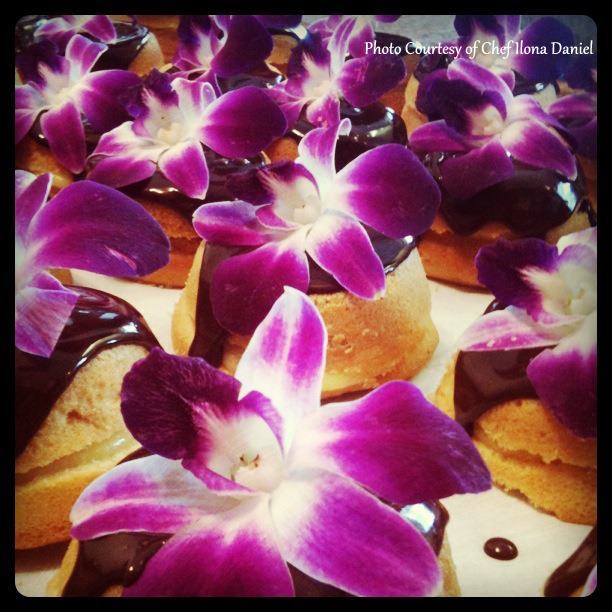
Second, she likes to play on nostalgia, conjuring up memories like the tantalizing scent of apple pie, for example, that will lead to good conversation which goes hand-in-hand with dining. Third, she respects the cultural roots of the region and is creative when cooking with the foods local to the region.

With so many prepared, frozen, and ready-to-go meals on the market today, I asked Chef Ilona why there seems to have been a resurgence in home cooking in the past few years. She believes it is attributable to a number of health issues, including highly publicized food-born illnesses that were caused by contaminated food. This has caused consumers to be more concerned about buying modified foods that are full of preservatives and, instead, they are becoming more health-conscious and so are turning to making their own meals.
What’s next for Chef Ilona? She tells me she is working on a cookbook and exploring the possibility of filming some TV cooking shows. In the short-term, she is busy getting her Catering and Consulting business up and running. Ever thinking outside the box, Chef Ilona is offering what she calls “Kitchen Party Cooking Classes”. This is where she will come to your home and teach you and a small group of friends how to interactively cook a particular dish – e.g., sushi, gourmet pizza, pies, etc. This is way to engage foodies and get them participating in food preparation, all in the comfort of their own home. What a great idea for a girls night out, a bachelorette party, or just a get-together for no other reason other than good conversation and food. If you are interested in having Chef Ilona cater to your event or customize a Kitchen Party Cooking Class, contact her at 902-316-0993 or by email at chef.ilona.daniel@gmail.com
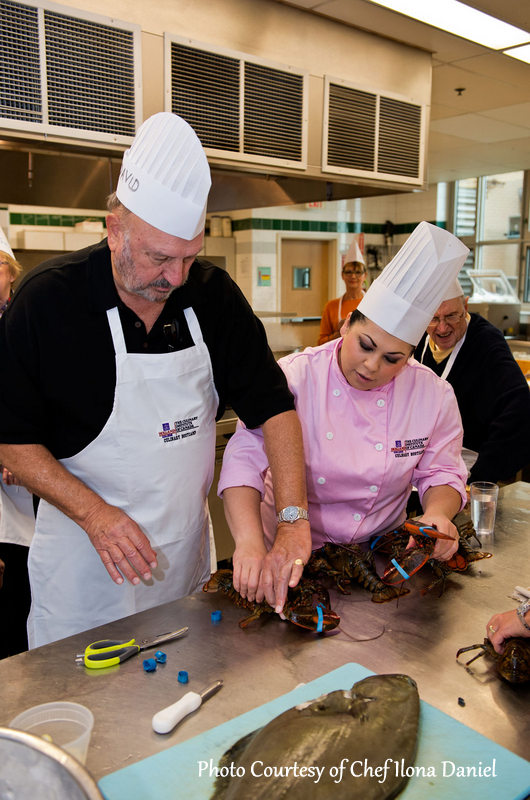
Before we ended our chat, I asked Chef Ilona to answer some short snapper questions:
1. What is the one kitchen tool/gadget you can’t live without?
Can’t pick just one – have the “fast five” – Chef’s knife, small serrated paring knife, a Swiss peeler, a microplane, and a good quality cutting board.
2. What is your all time favorite food?
Pizza – any kind!
3. What is the one non-culinary factoid about Chef Ilona that people might not know about?
I’m a hippie at heart – I like nature and will actually, “stop and smell the roses.”
4. What do you do when you are not cooking?
I like reading, nature hikes, listening to music, and going to concerts.
5. What is your favorite recipe featuring an Island product? Care to share it?
Swedish Potato Casserole. It uses PEI potatoes and PEI-produced Cows Creamery cheese. (Recipe follows)
Swedish Potato Casserole
3 tbsp fresh thyme
2 tsp mace (or nutmeg)
6 eggs, beaten
3 cups Whipping Cream
½ cup flour
1 tbsp kosher salt
2 lb grated Yukon Gold Potatoes
2 cups Cows Aged Cheddar, grated
As you preheat your oven to 375 (use convection baking if you have that option), preheat your 4-6 quart baking dish with 4-6 tbsp butter in the oven.
Whisk thoroughly, the first 6 ingredients together(approximately 3 minutes). Stir in the potatoes. Pour mixture into the hot casserole dish. QUICKLY top with cheese, and place back into oven immediately.
Bake for 45 minutes.

Keep an eye on this rising celebrity chef as she progresses in her career. Chef Ilona is very creative, brimming with ideas and personality, and she’s going places in her chosen career!
Thank you for visiting “the Bistro” today.
Be sure to visit my Facebook page at My Island Bistro Kitchen. You may also wish to follow me on twitter @PEIBistro, on Pinterest at “Island Bistro Kitchen”, and on Instagram at PEIBistro.

